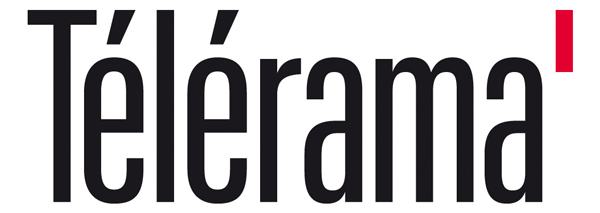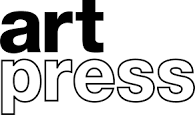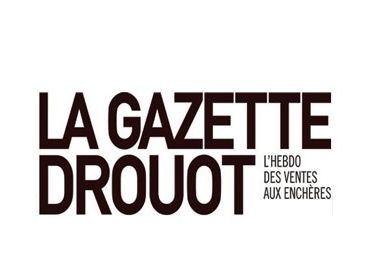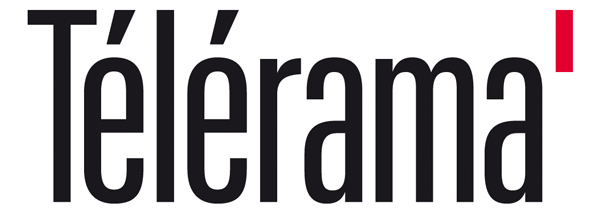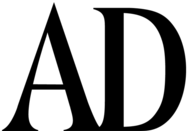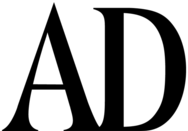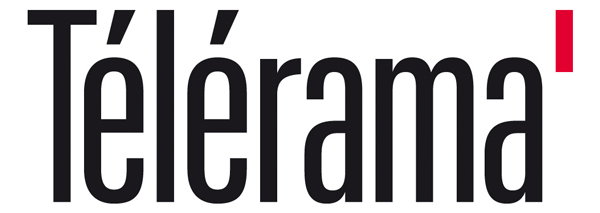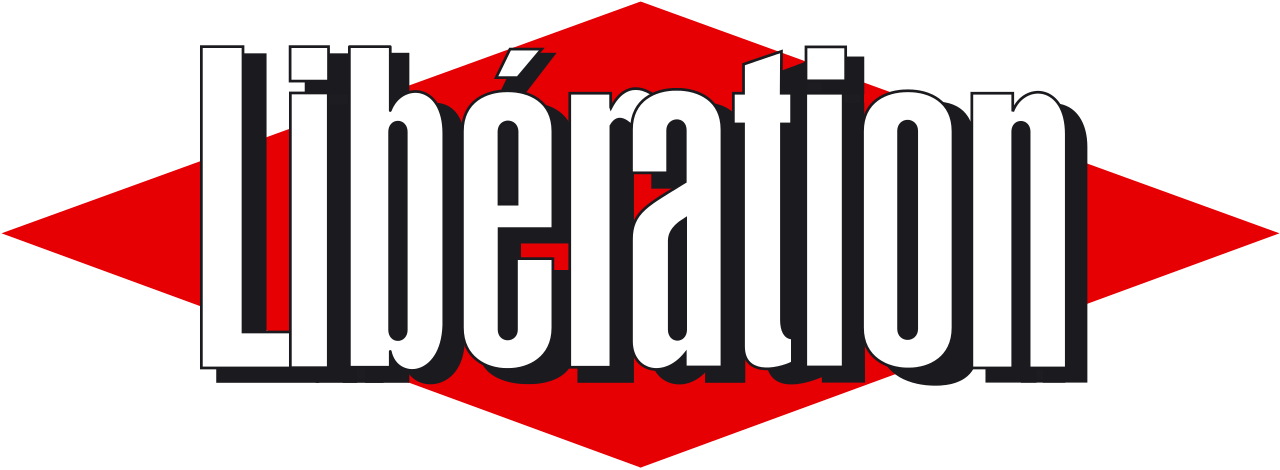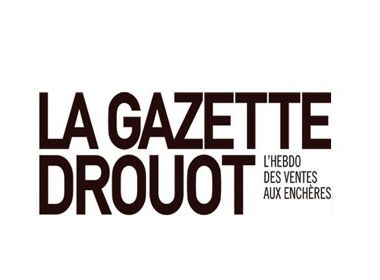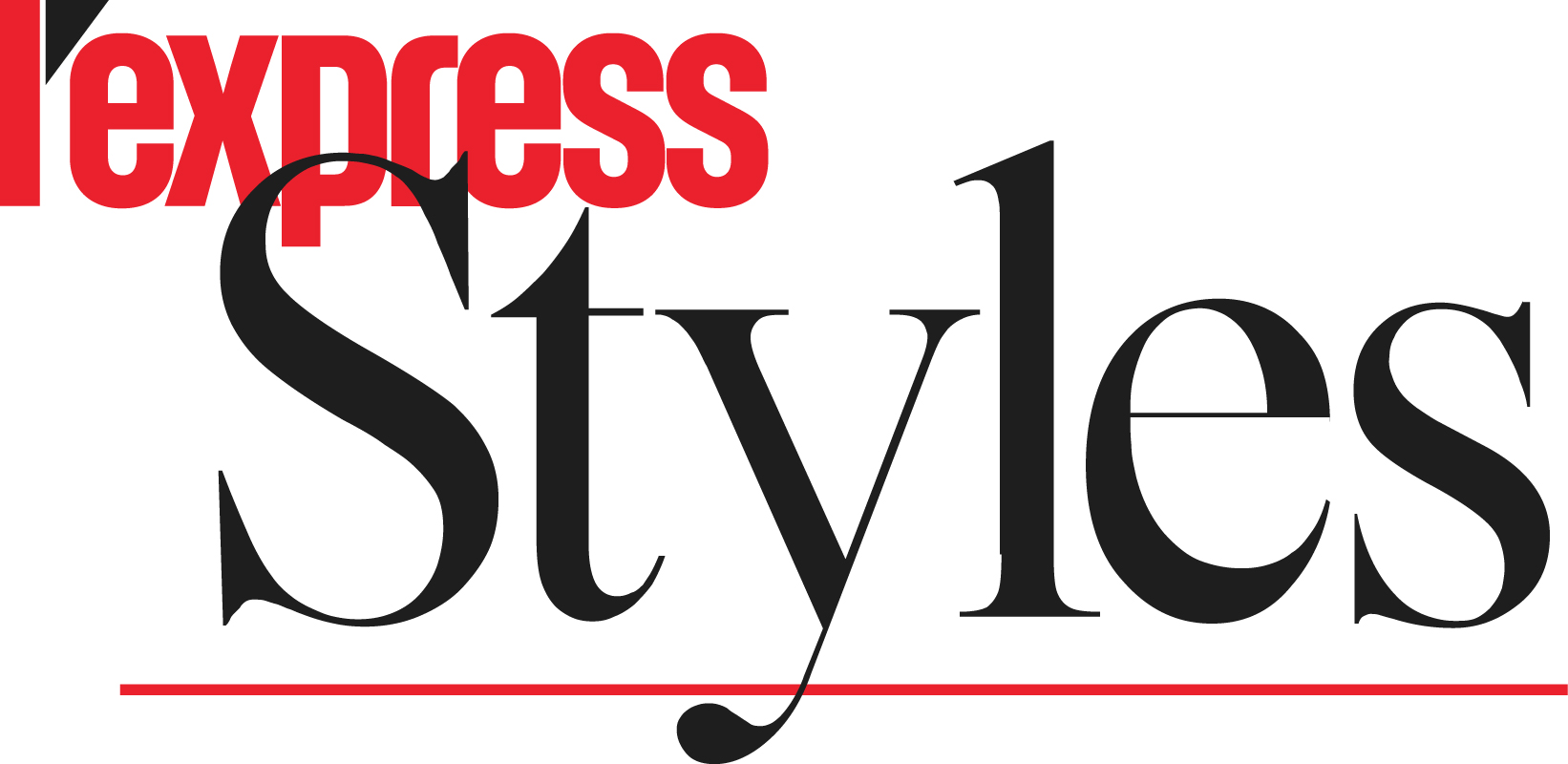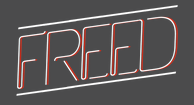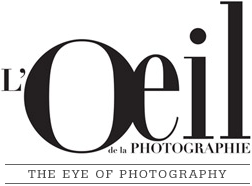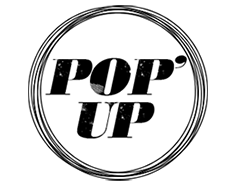Ray K. Metzker
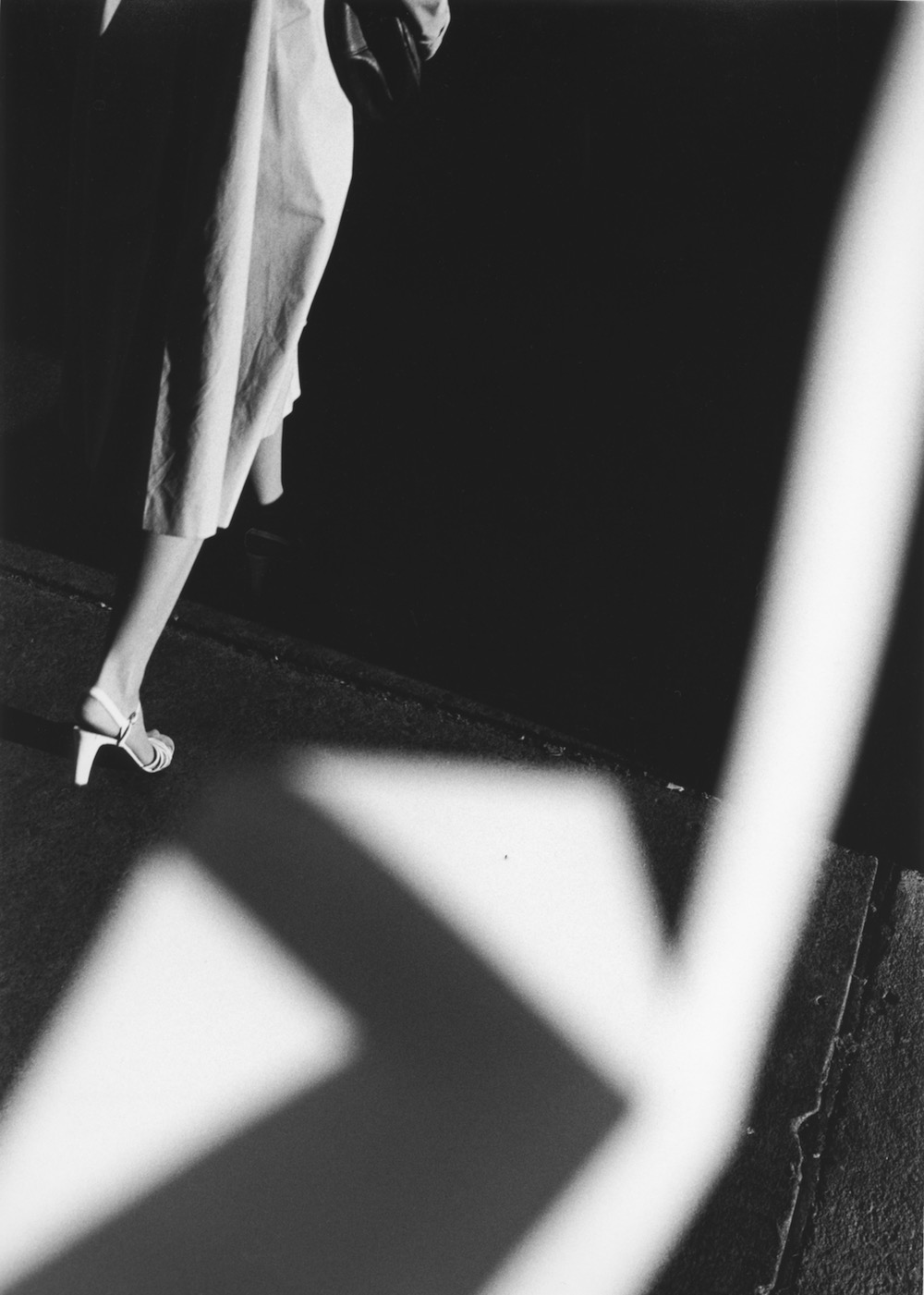
Image: 11 x 8 inches
Print: 14 x 11 inches
Annotated in pencil by the artist and RKM Archive stamp on verso
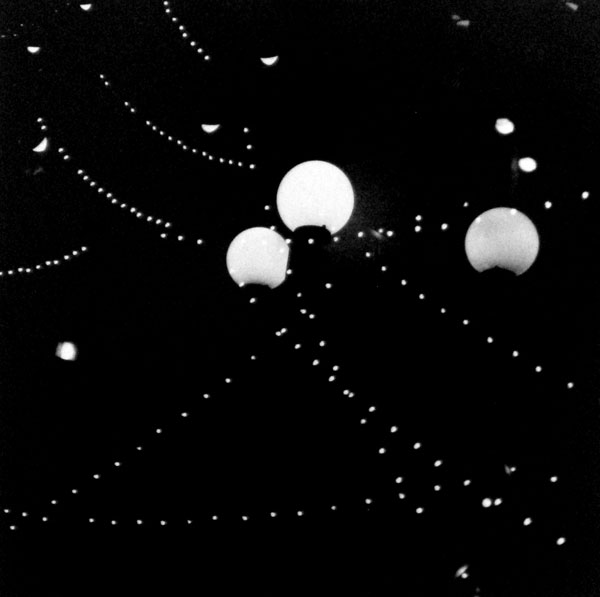
Image: 7 3/16 x 7 1/4 inches
Print: 8 x 10 inches
Signed and annotated in pencil by the artist on verso
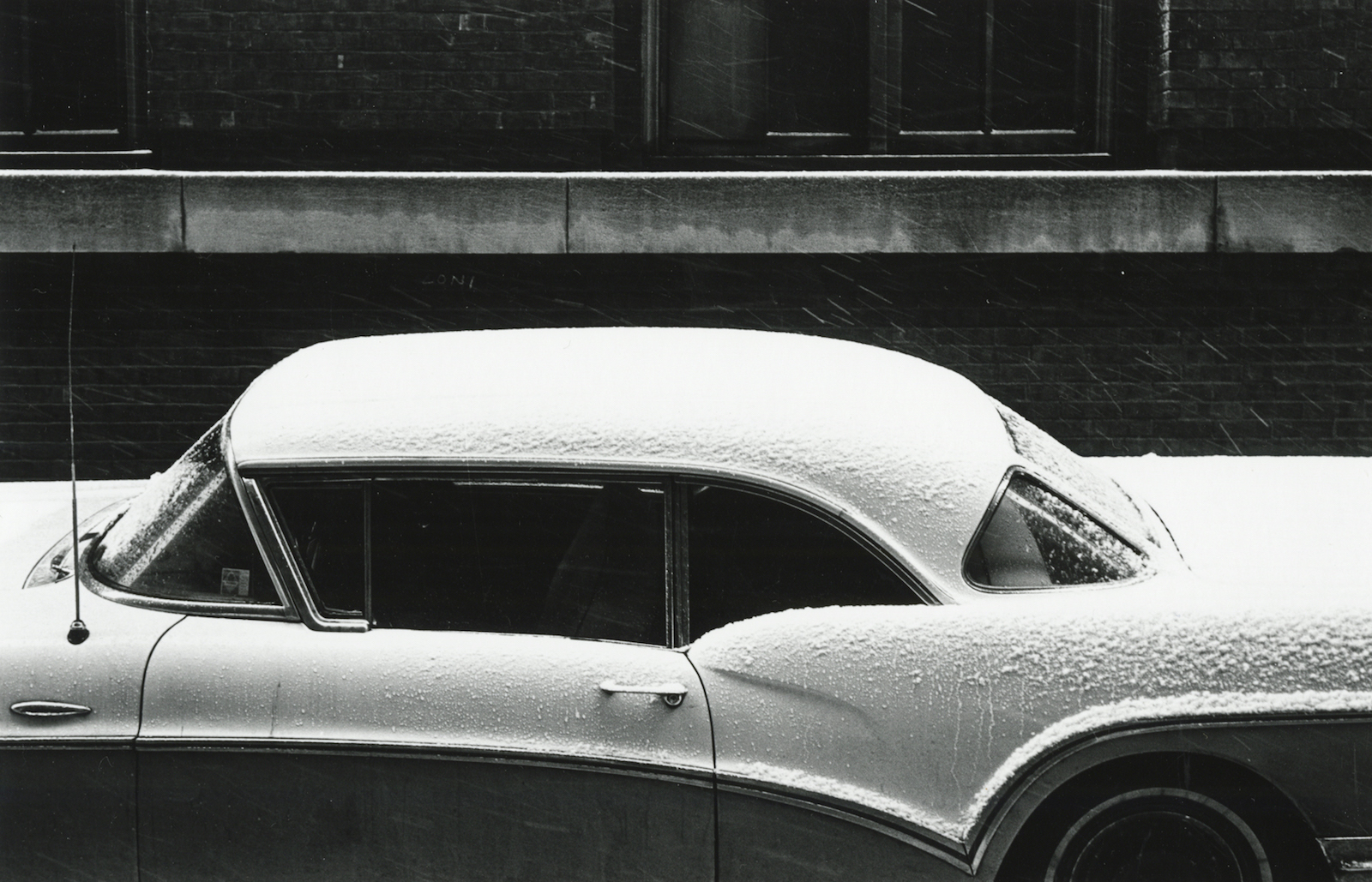
Image: 5 5/8 x 8 3/4 inches
Print: 8 x 10 inches
Annotated in pencil by the artist and RKM Archive stamp on verso
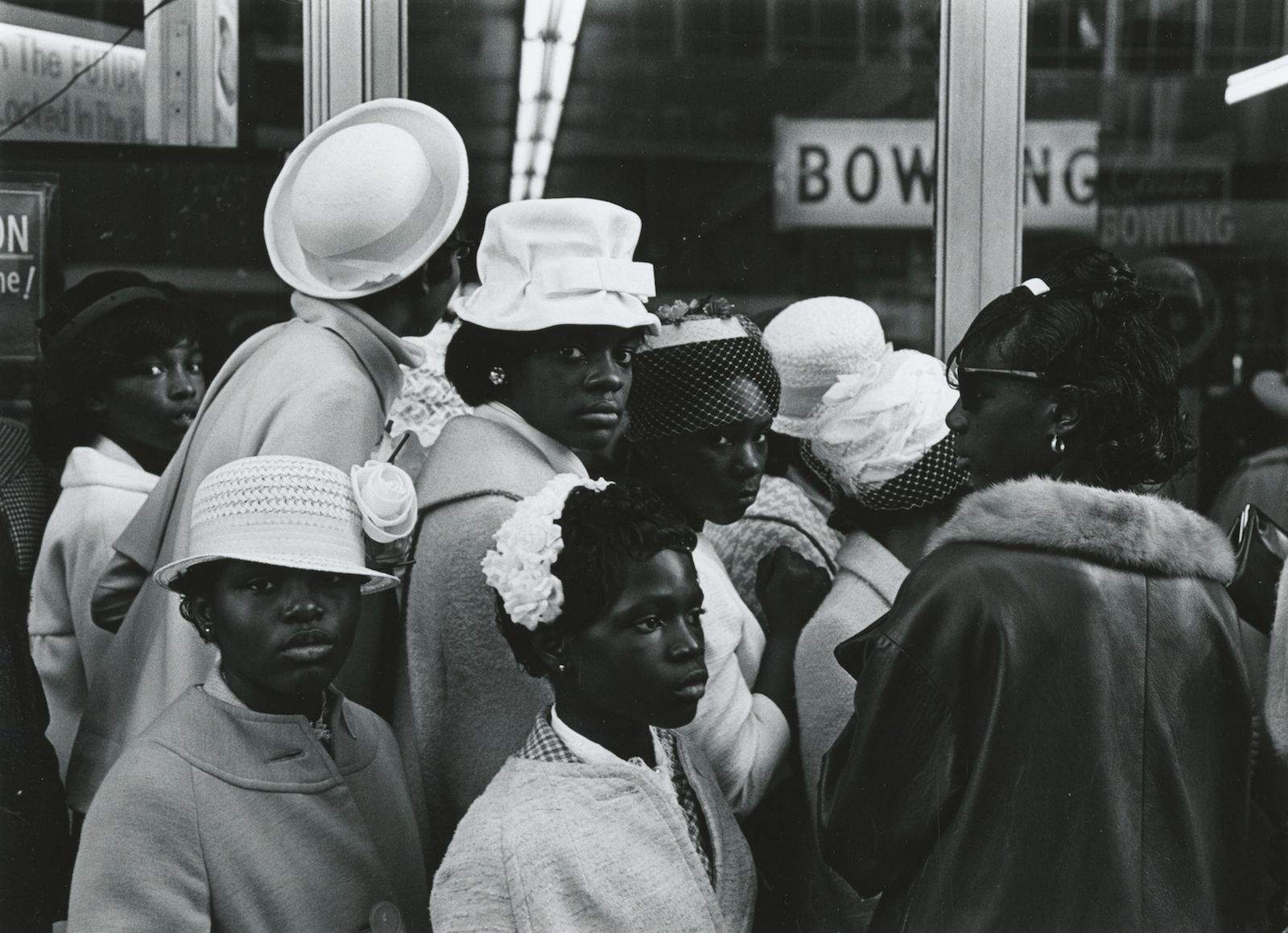
Image: 6 x 8 3/4 inches
Print: 8 x 10 inches
Annotated in pencil by the artist and RKM Archive stamp on verso
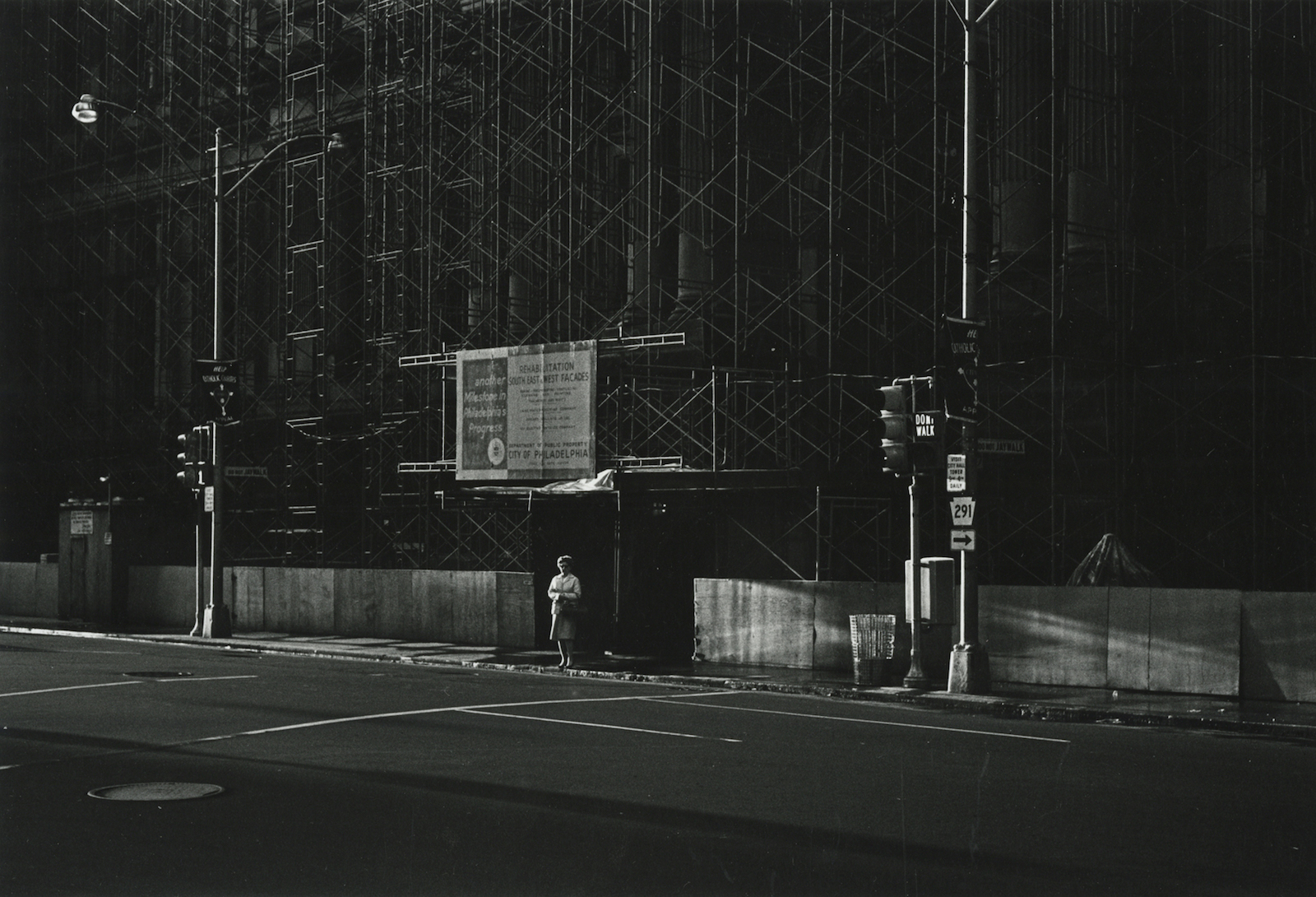
Image: 6 x 8 3/4 inches
Print: 8 x 10 inches
Annotated in pencil par l'artiste and RKM Archive stamp on verso
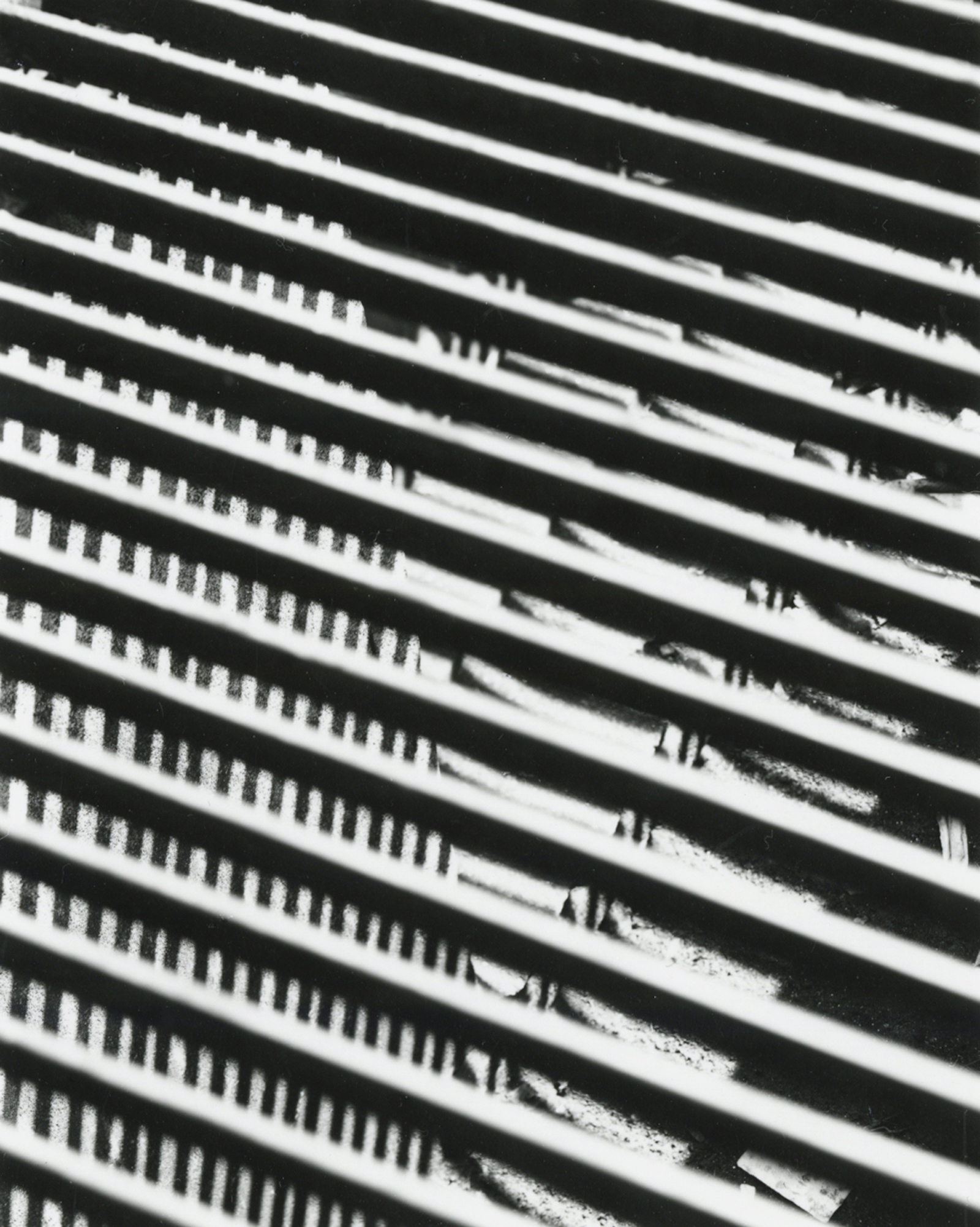
Image: 4 1/2 x 3 5/8 inches
Print: 8 x 10 inches
Signed and annotated by the artist in pencil on verso
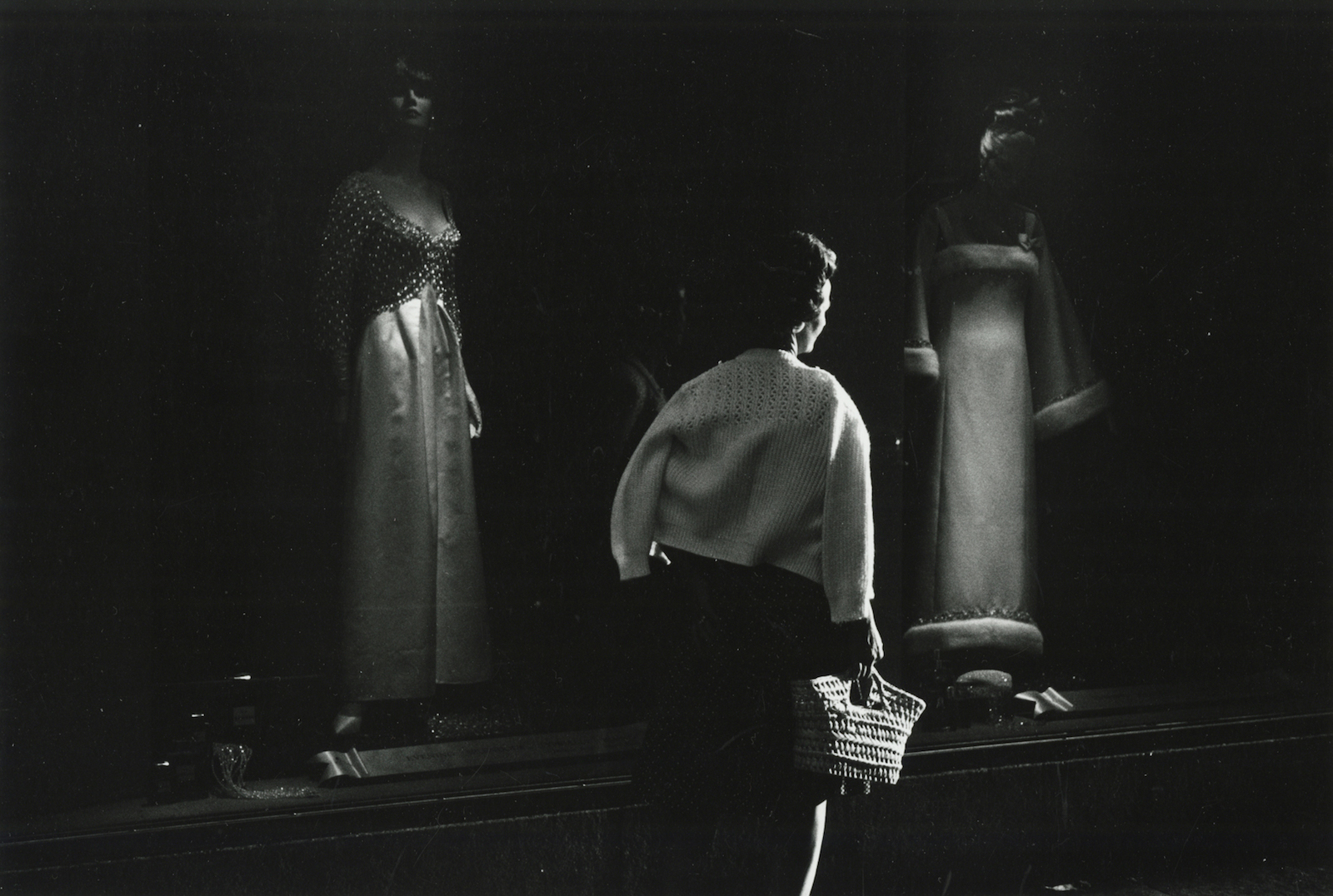
Image: 6 x 8 3/4 inches
Print: 8 x 10 inches
Annotated in pencil by the artist and RKM Archive stamp on verso
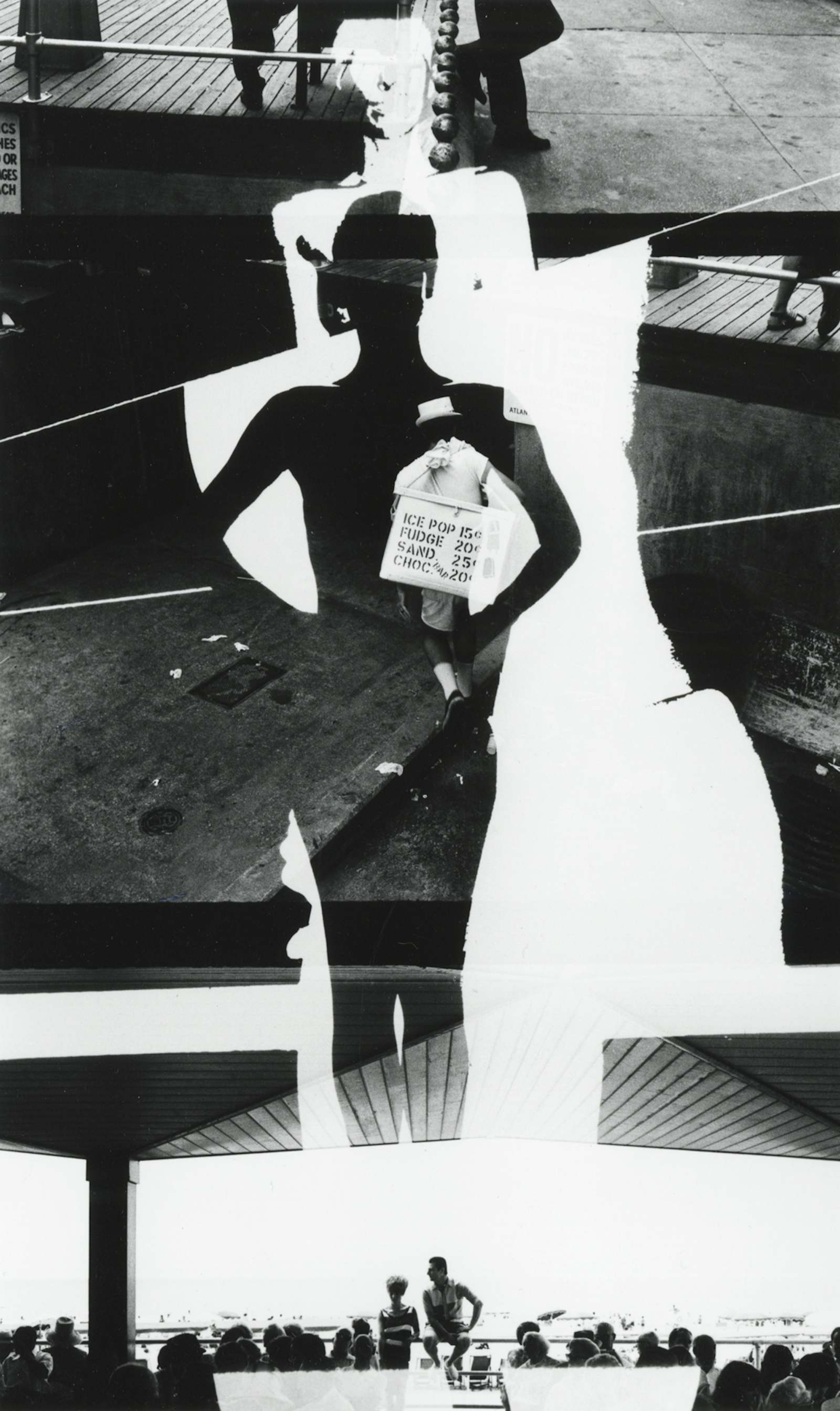
Image: 5 3/8 x 9 inches
Print: 8 x 10 inches
Annotated in pencil by the artist and RKM Archive stamp on verso
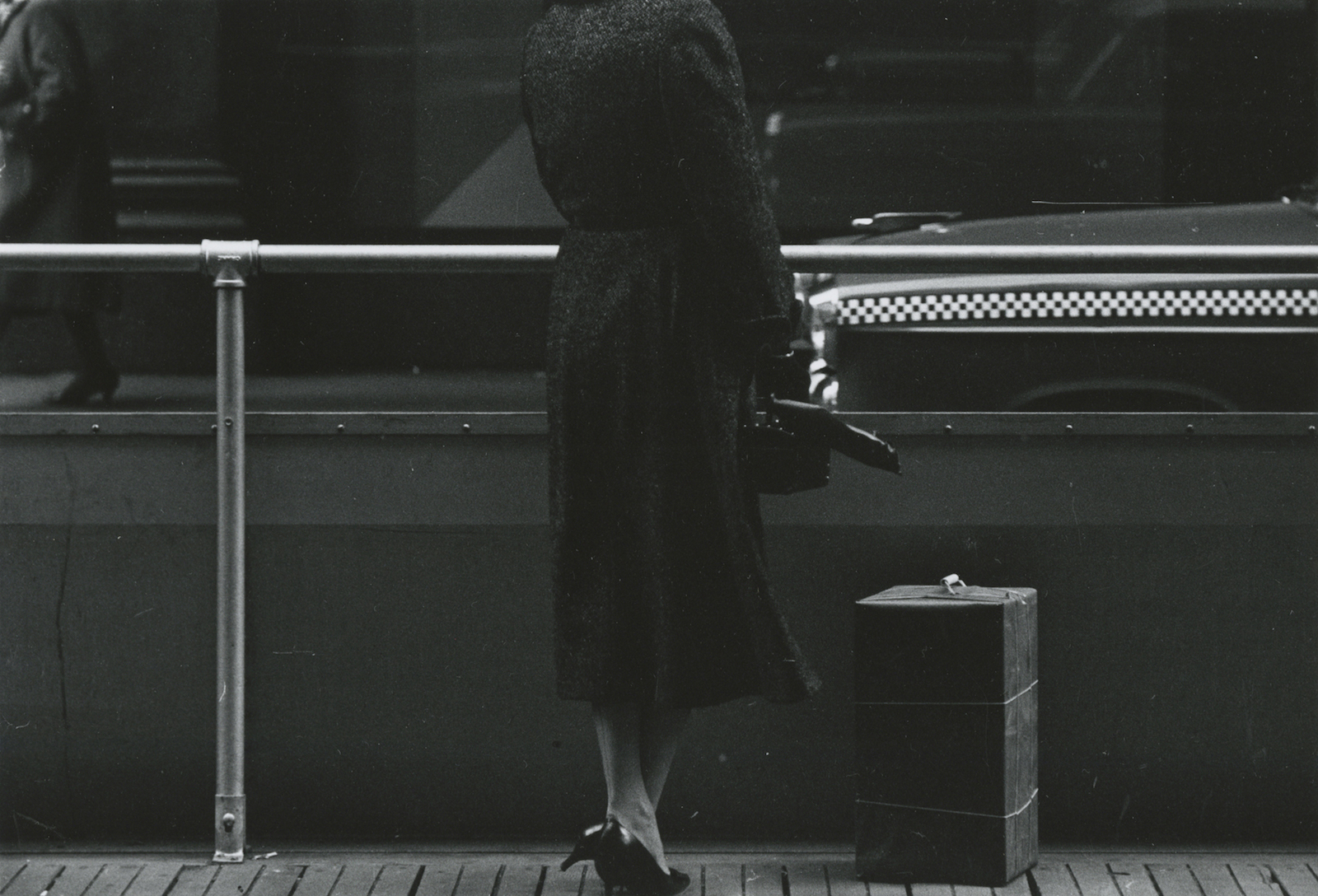
Image: 5 3/5 x 8 /14 inches
Print: 8 x 10 inches
Annotated in pencil by the artist and RKM Archive stamp on verso
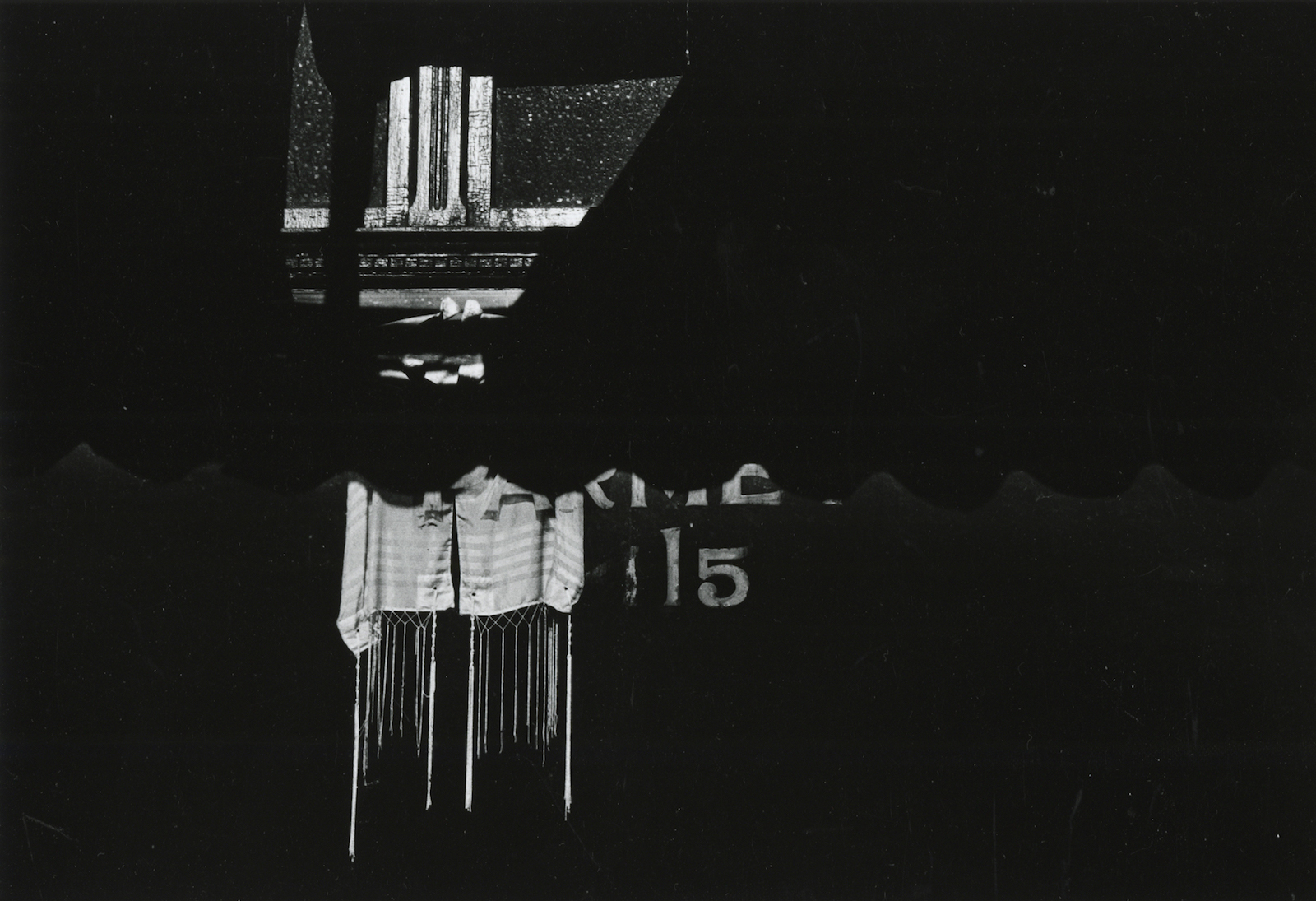
Image: 6 x 8 3/4 inches
Print: 8 x 10 inches
Annotated in pencil by the artist and RKM Archive stamp on verso
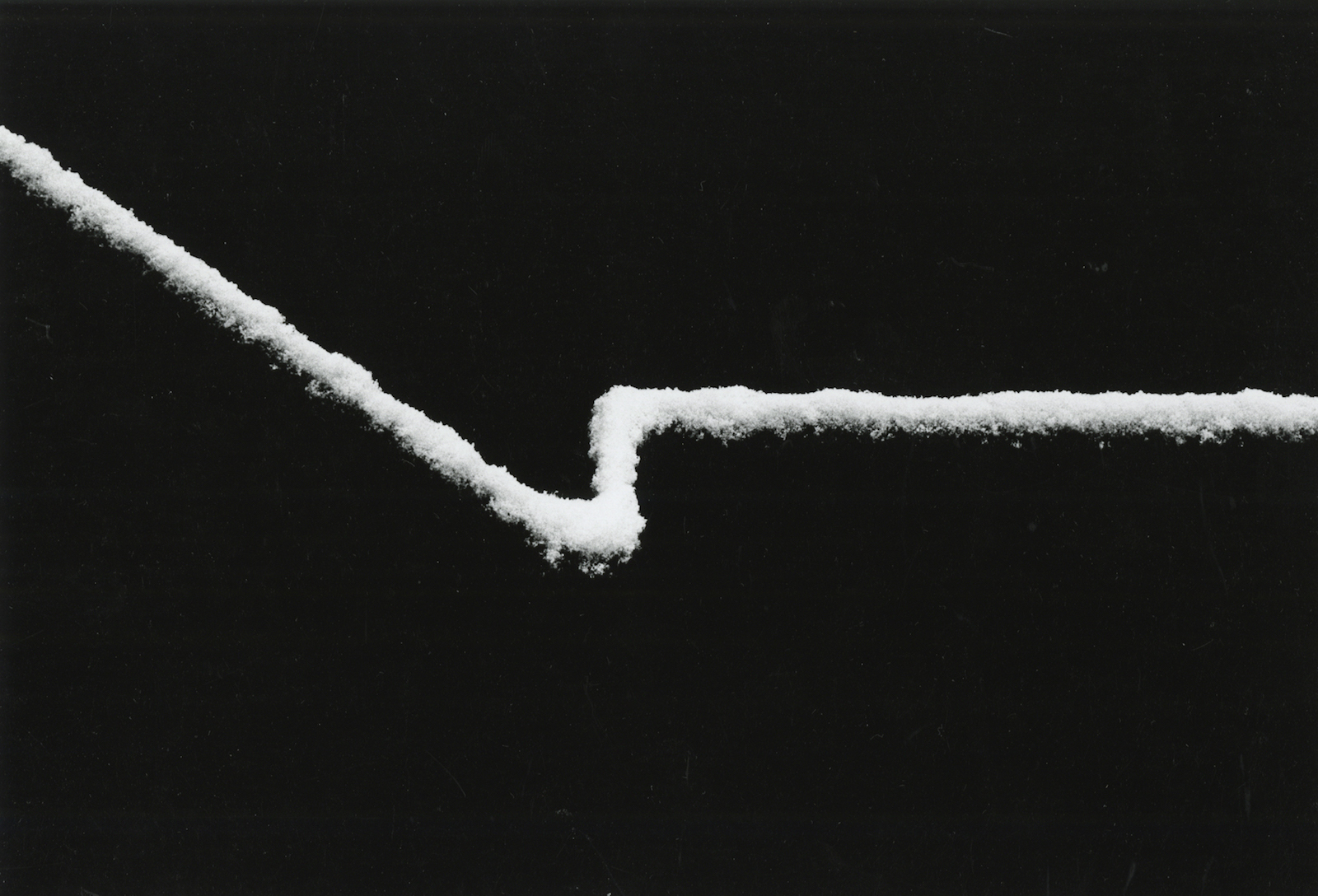
Image: 6 x 8 7/8 inches
Print: 8 x 10 inches
Annotated in pencil by the artist and RKM Archive stamp on verso
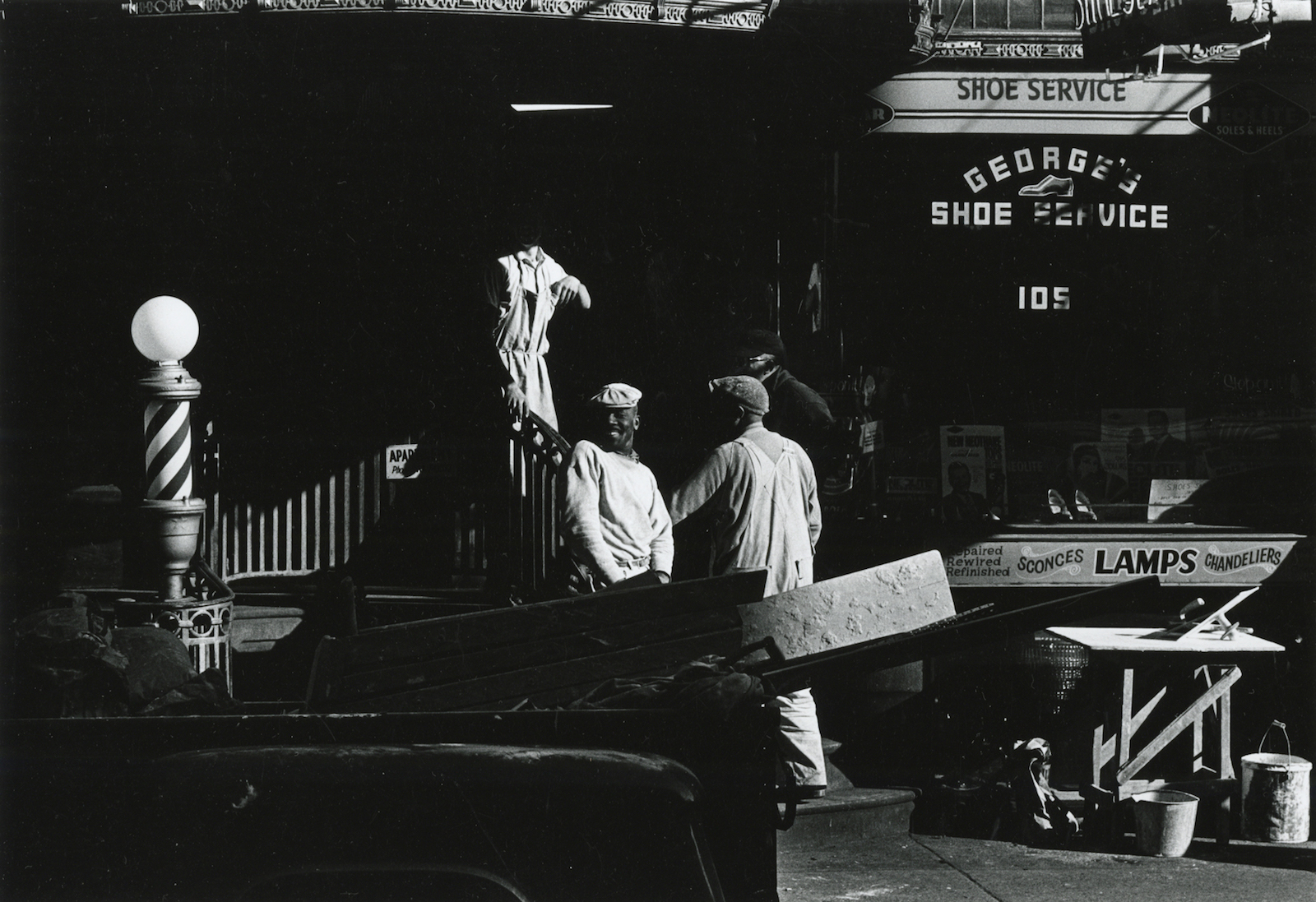
Image: 6 1/8 x 8 7/8 inches
Print: 8 x 10 inches
Annotated in pencil by the artist and RKM Archive stamp on verso
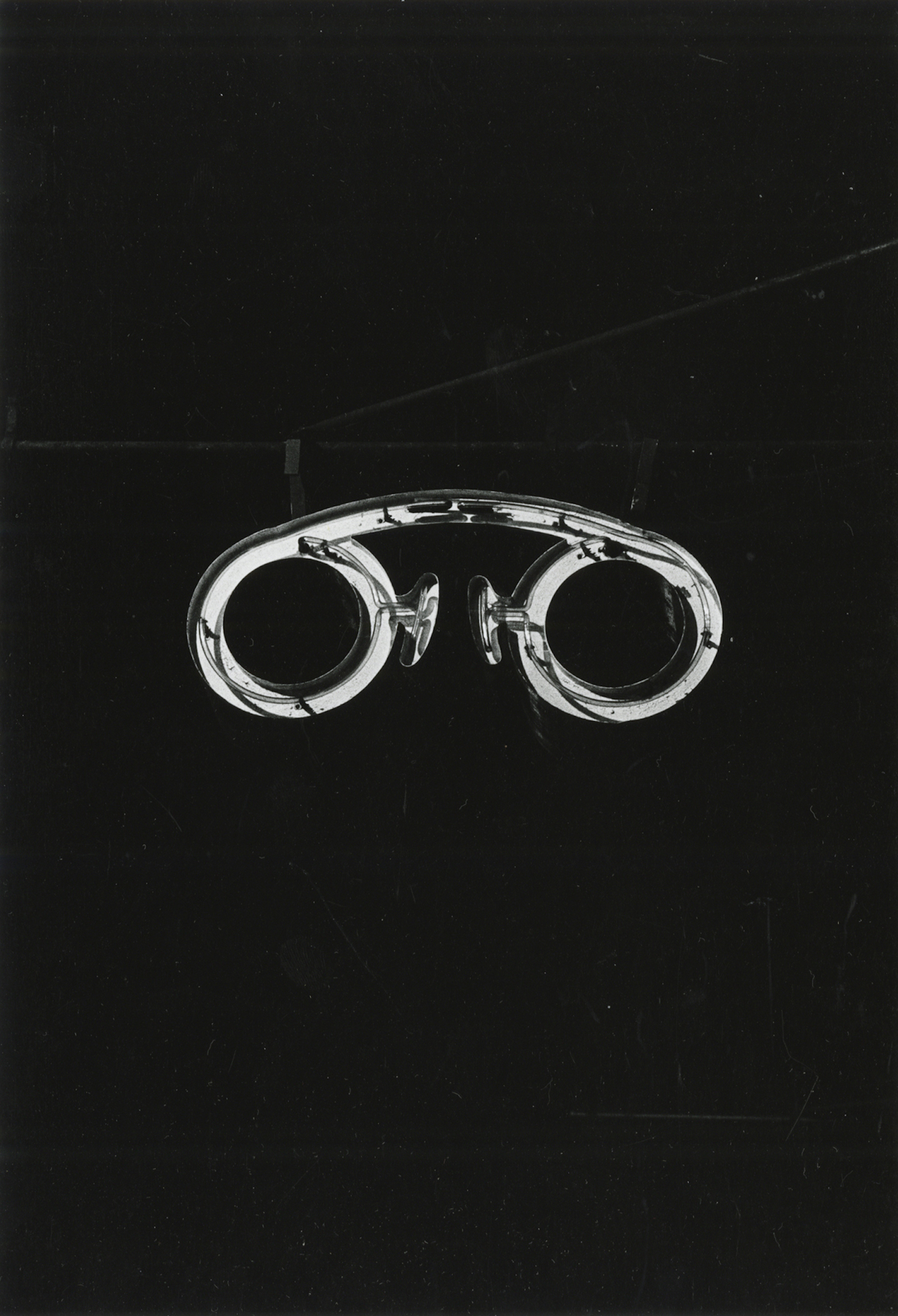
Image: 6 x 8 3/4 inches
Print: 8 x 10 inches
Annotated in pencil by the artist and RKM Archive stamp on verso
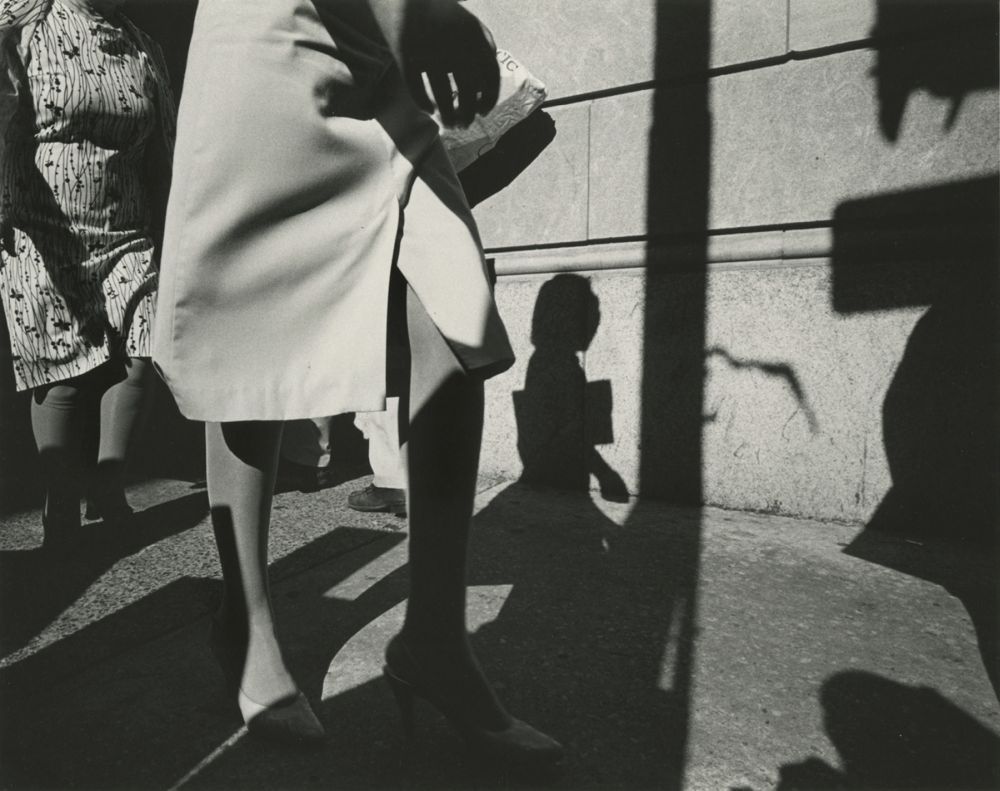
Image: 6 1/8 x 7 5/8 inches
Annotated by the artist in pencil and RKM Archive stamp on verso
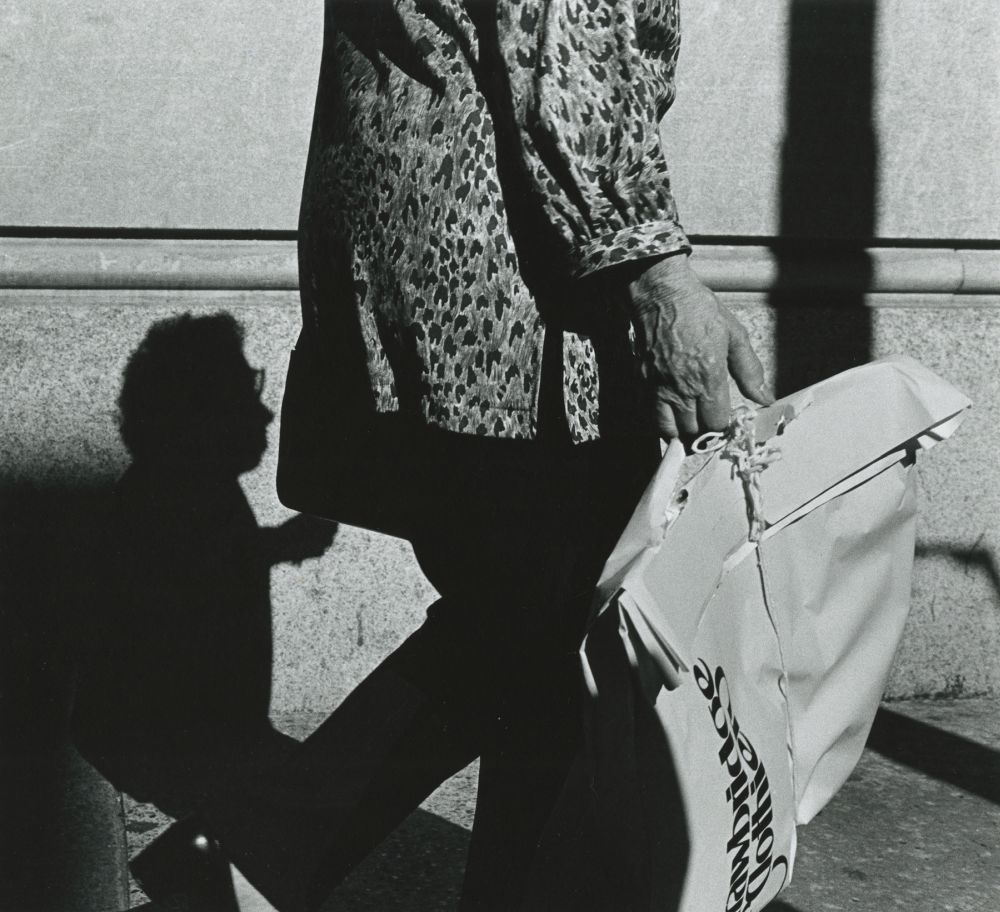
Image: 5 3/8 x 7 3/8 inches
Signed, numbered and annotated in pencil by the artist and RKM Archive stamp on versoon verso
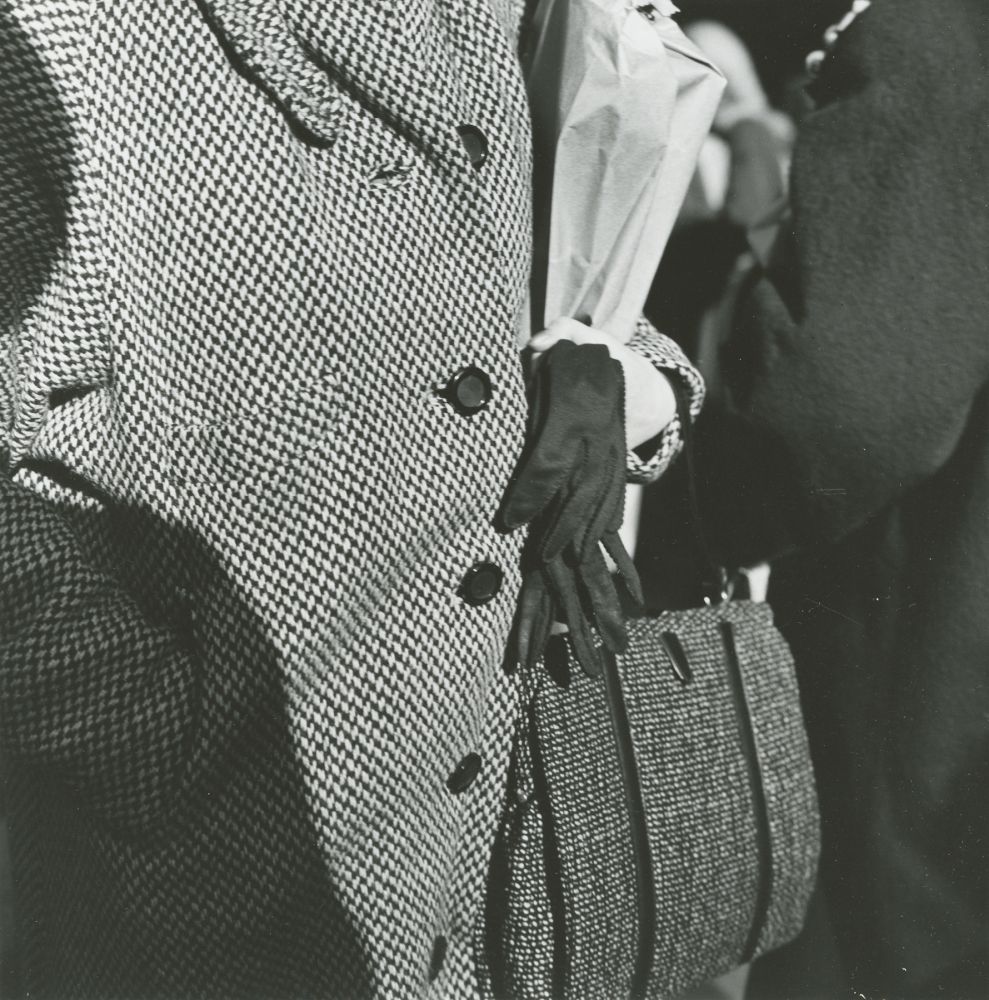
Image: 5 3/8 x 7 3/8 inches
Annotated by the artist in pencil and RKM Archive stamp on verso
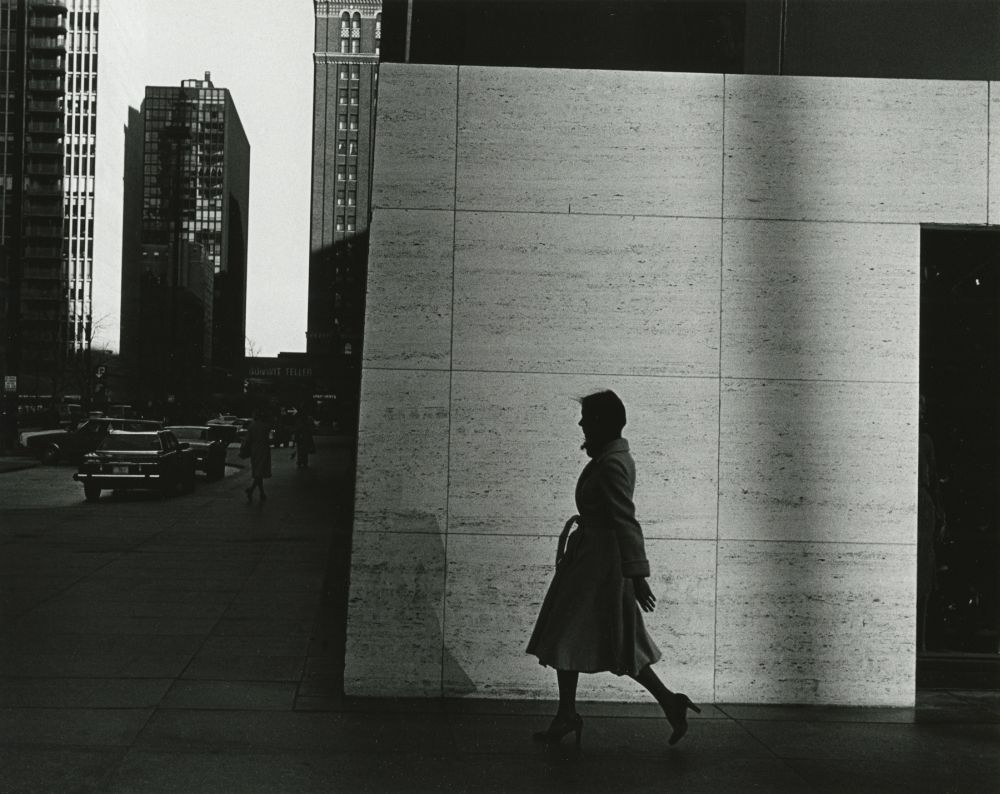
Image: 7 3/4 x 9 7/8 inches
Print: 11 x 14 inches
Signed, numbered and annotated in pencil by the artist RKM Archive stamp on verso
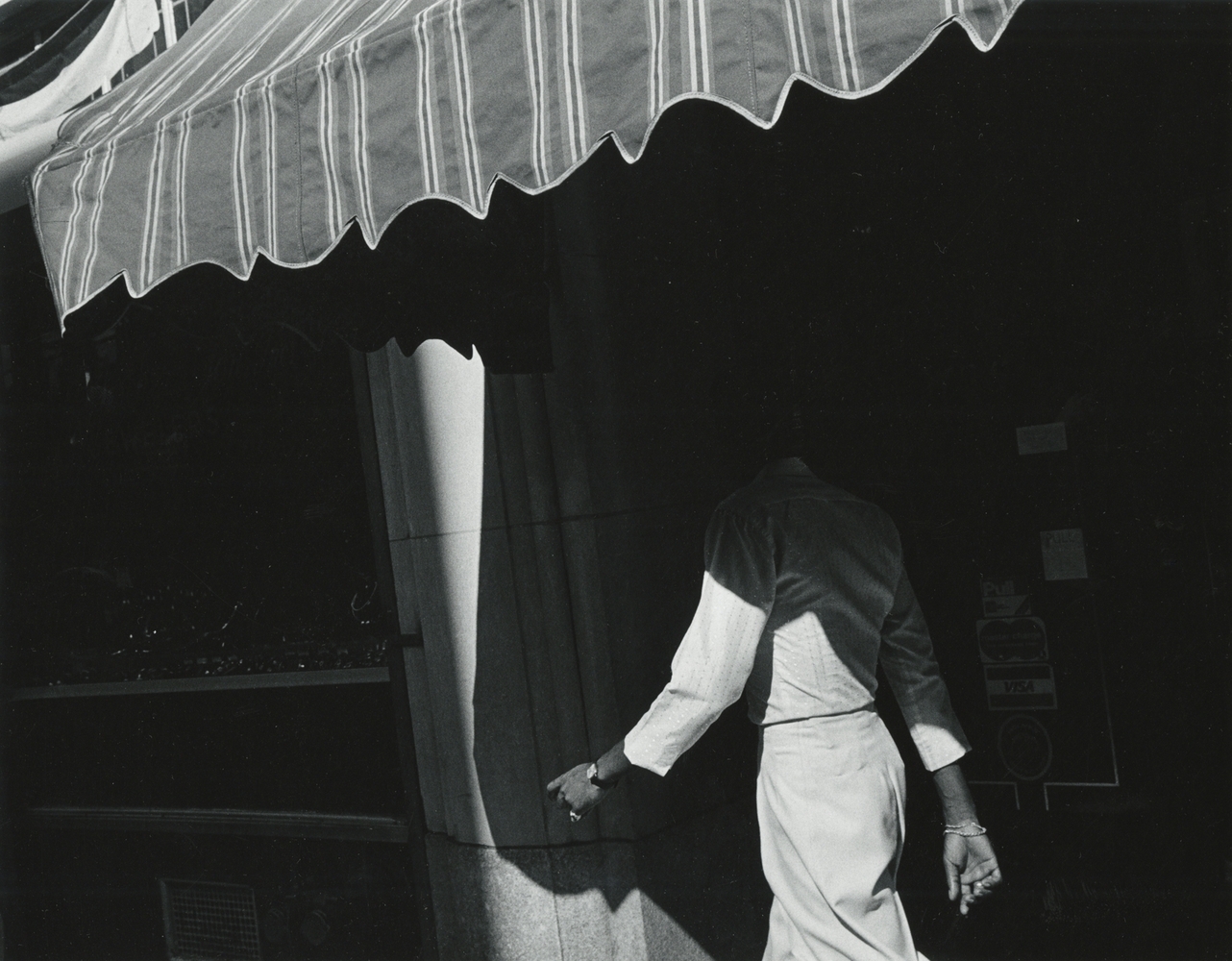
Image: 8 1/4 x 10 5/8 inches
Annotated by the artist in pencil and RKM Archive stamp on verso
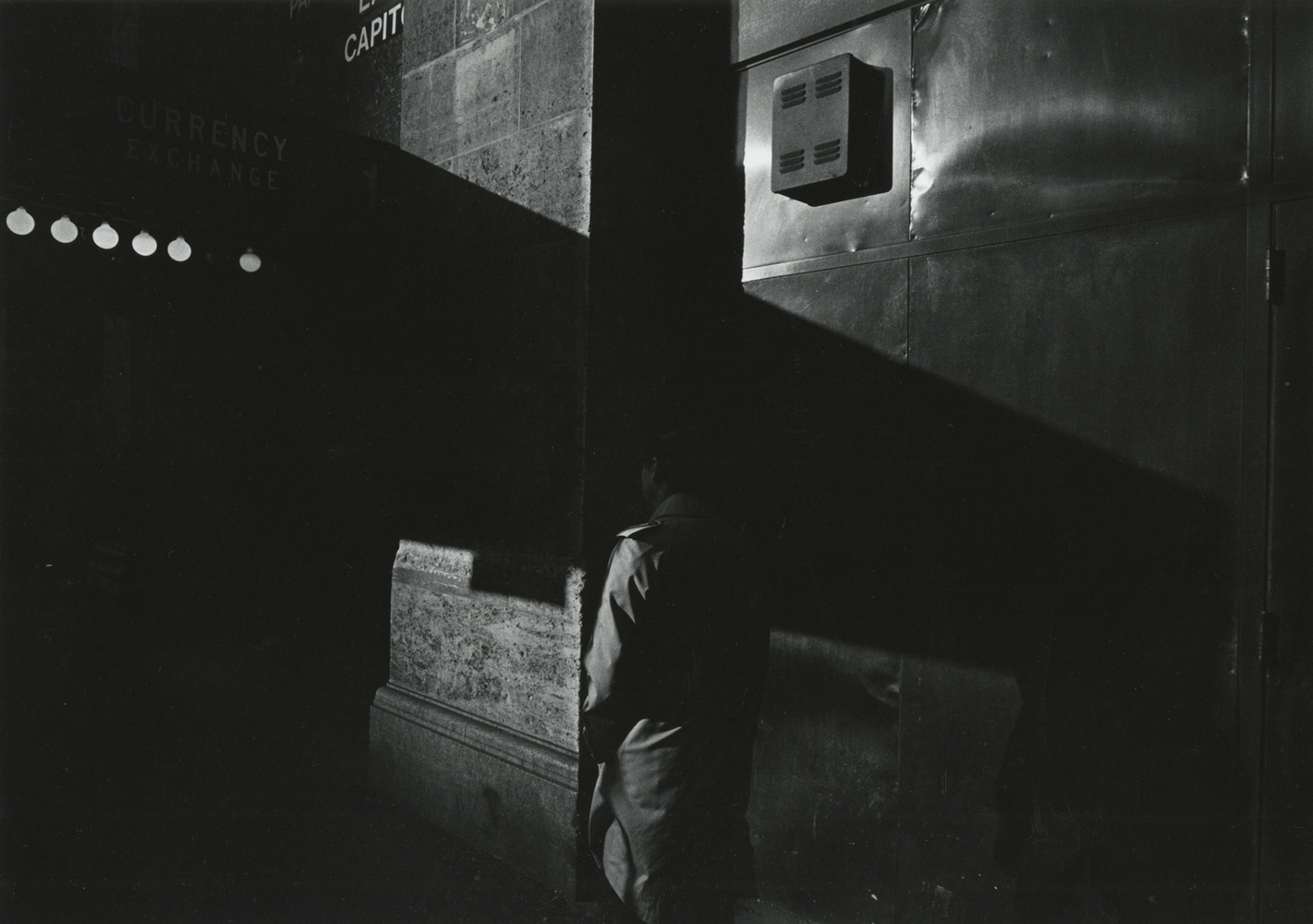
Image: 8 1/2 x 11 7/8 inches
Print: 11 x 14 inches
Annotated by the artist in pencil and RKM Archive stamp on verso
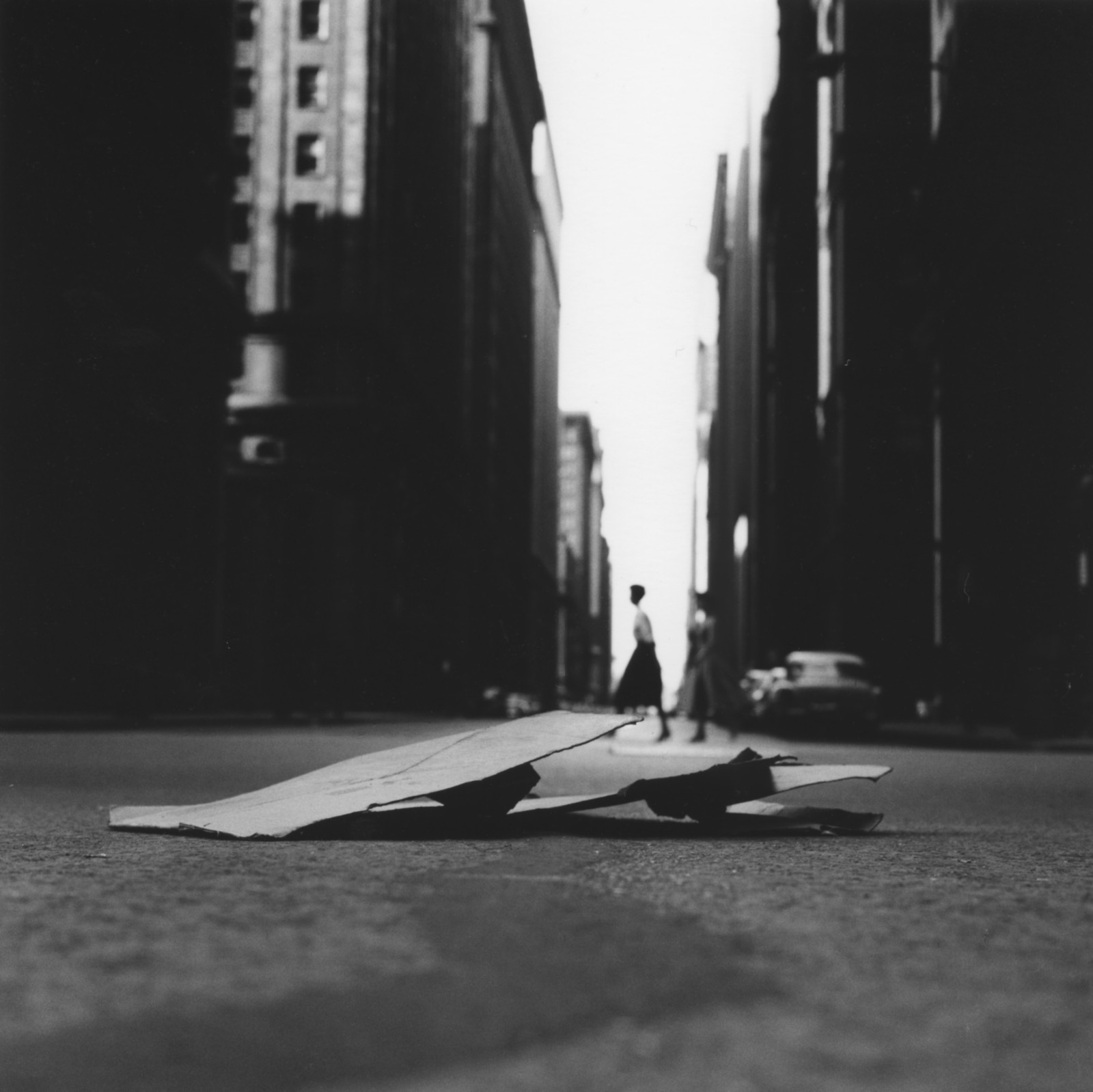
Image: 7 x 7 inches
Print: 8 x 10 inches
Annotated in pencil by the artist and RKM Archive stamp on verso
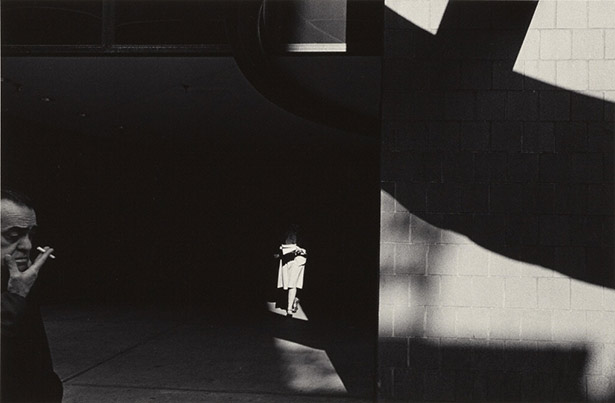
Image: 8 x 11 inches
Print: 11 x 14 inches
Annotated in pencil by the artist and RKM Archive stamp on verso
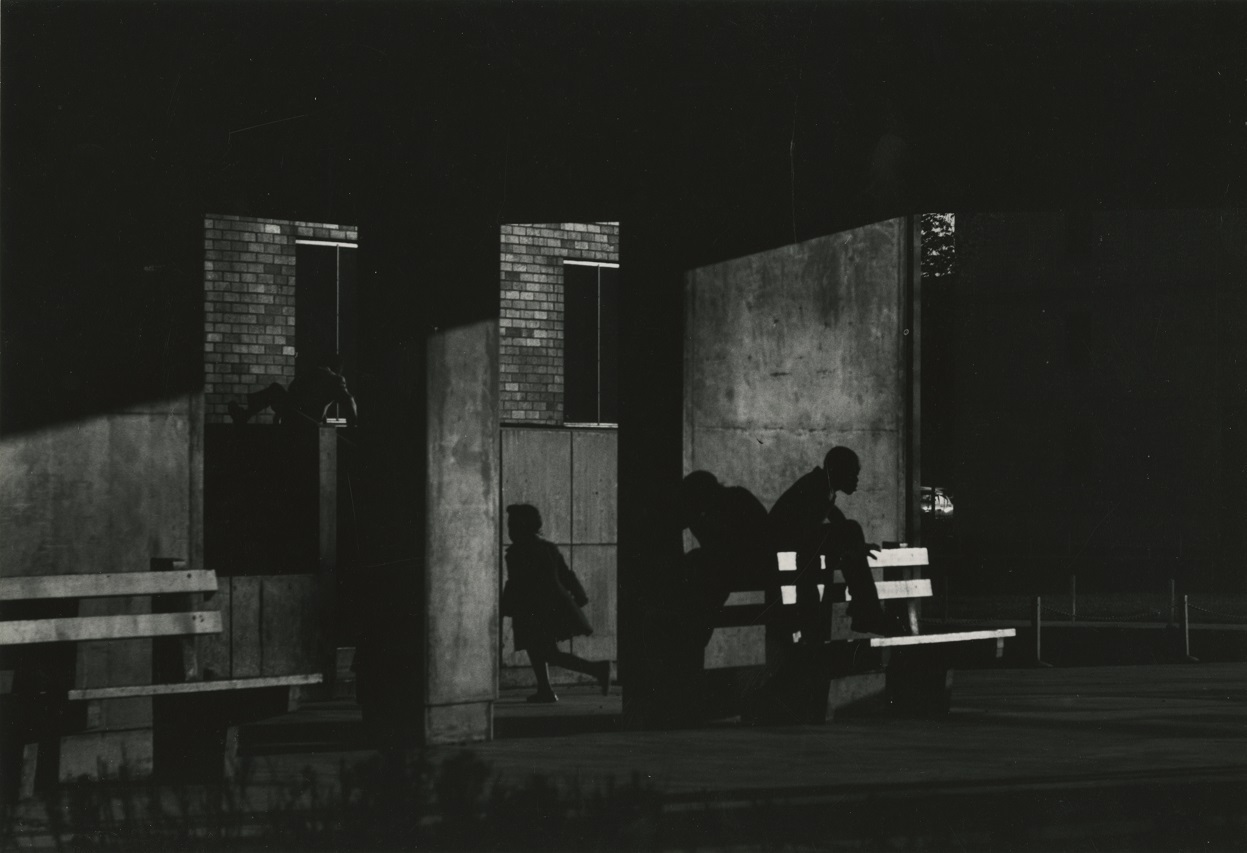
Image: 6 x 8 inches
Print: 8 x 10 inches
Annotated in pencil by the artist and RKM Archive stamp on verso
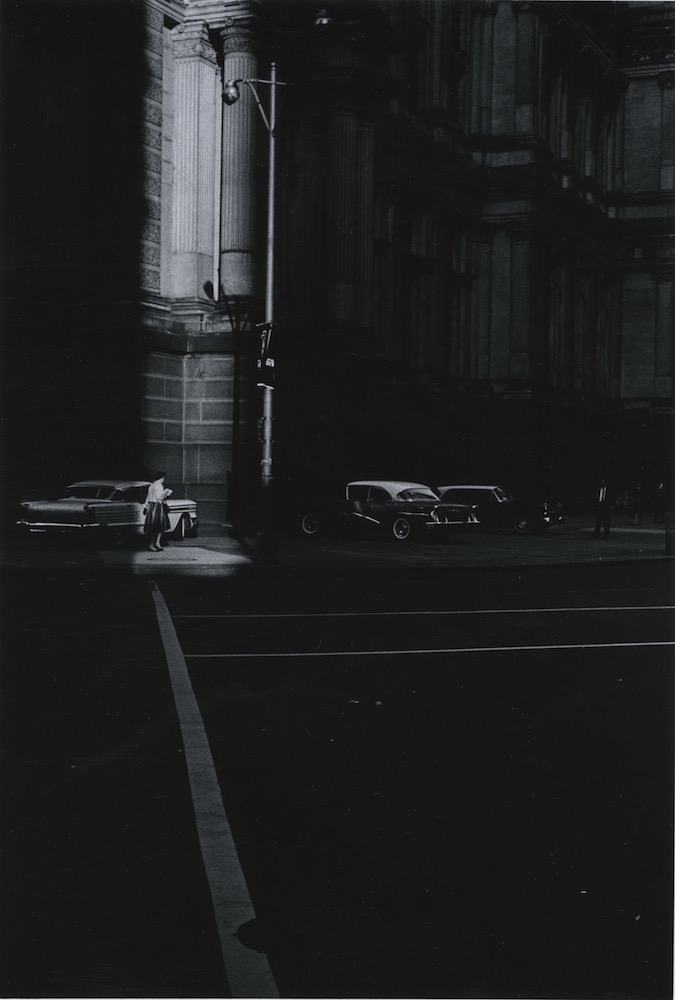
Image: 5,9 x 8,7 inches
Print: 8 x 10 inches
Annotated in pencil by the artist and "Original vintage photograph printed by Ray K. Metzker" stamp on verso
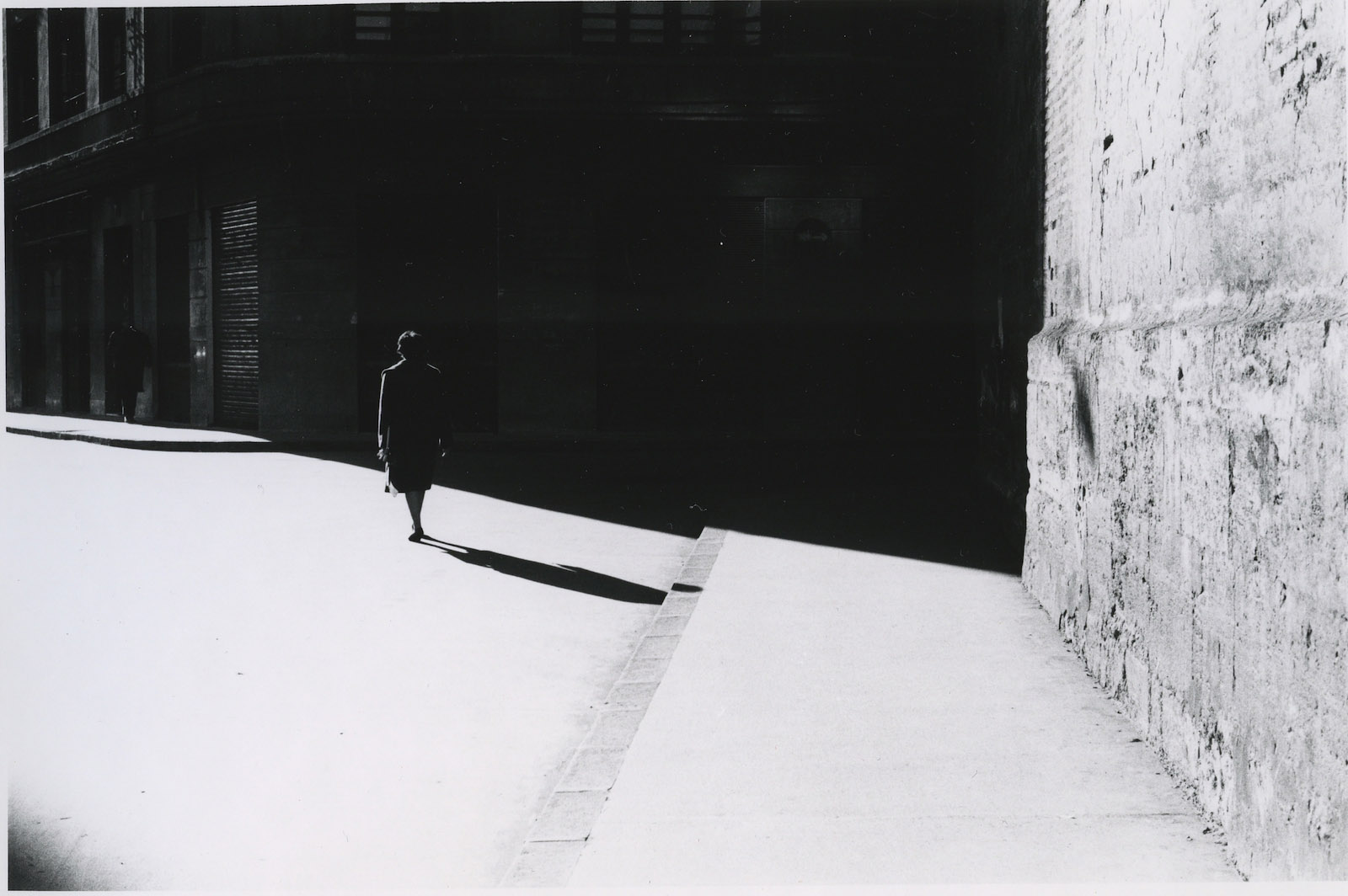
Image: 8,5 x 5,7 inches
Print: 8 x 10 inches
Artist stamp on verso
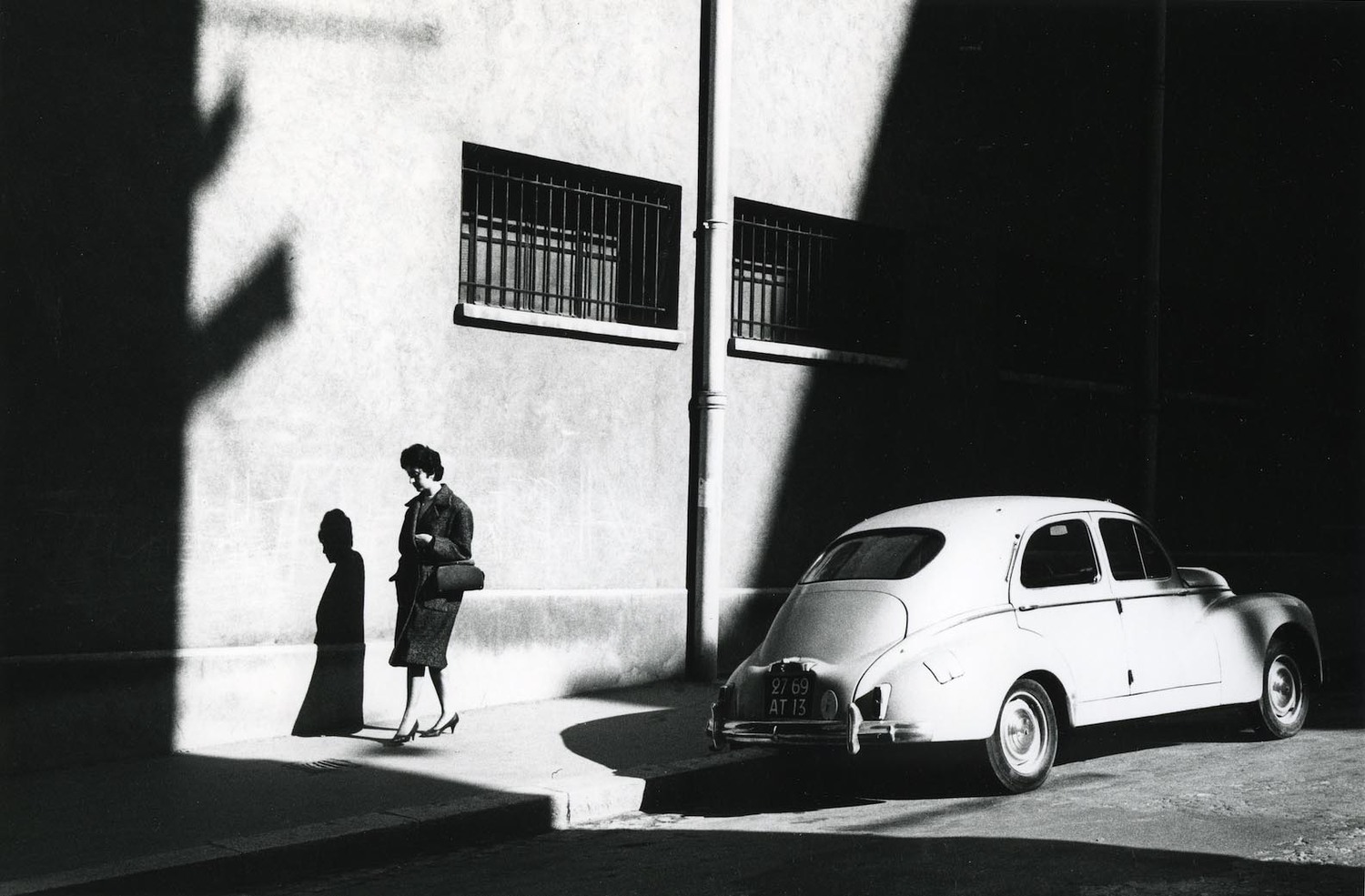
Image: 6,2 x 8,6 inches
Print: 8 x 10 inches
Signed and annotated in pencil by the artist on verso
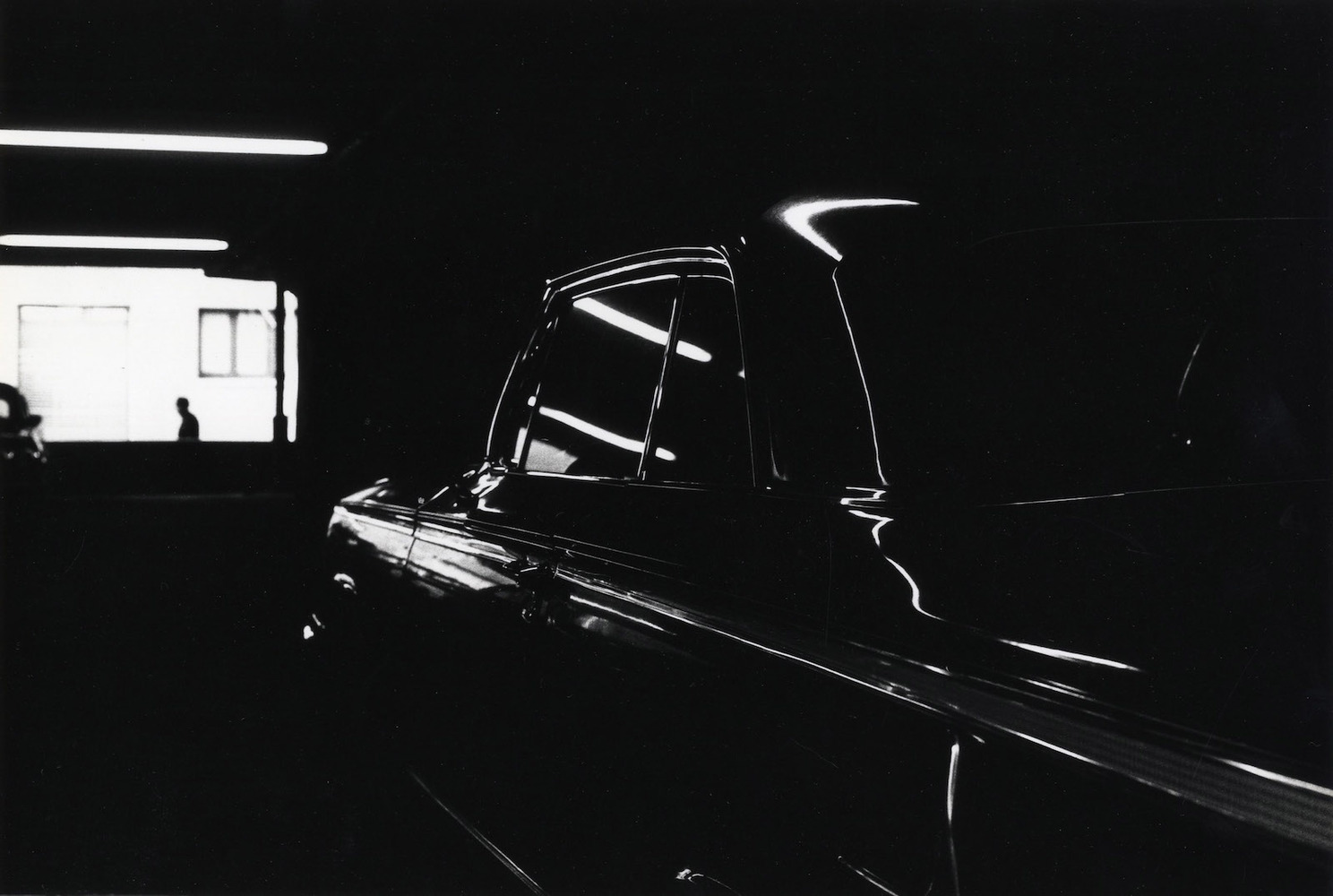
Image: 8,7 x 6 inches
Print: 8 x 10 inches
Annotated in pencil by the artist and artist stamp on verso
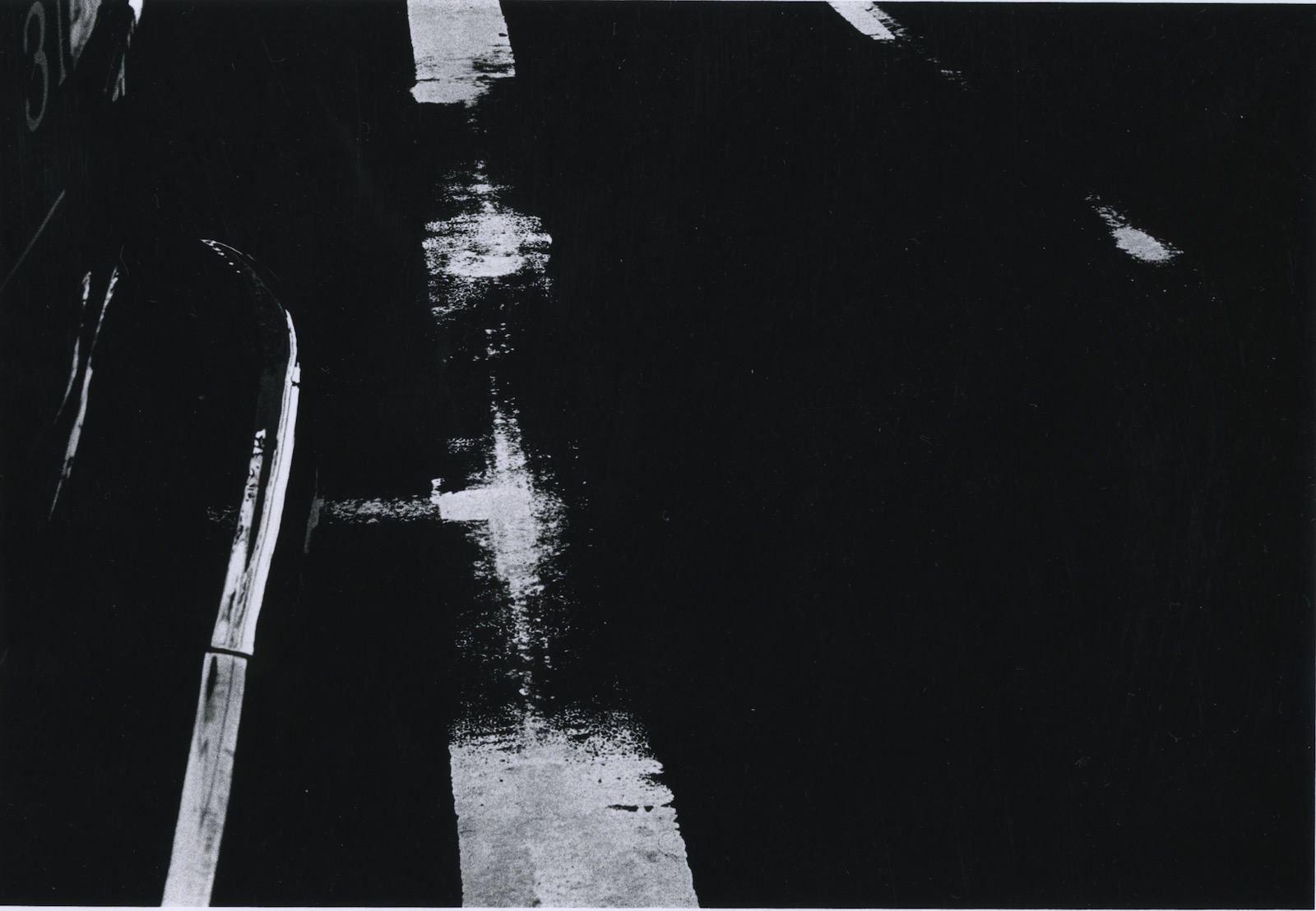
Image: 6 x 8,7 inches
Print: 8 x 10 inches
Annotated in pencil by the artist and artist stamp on verso
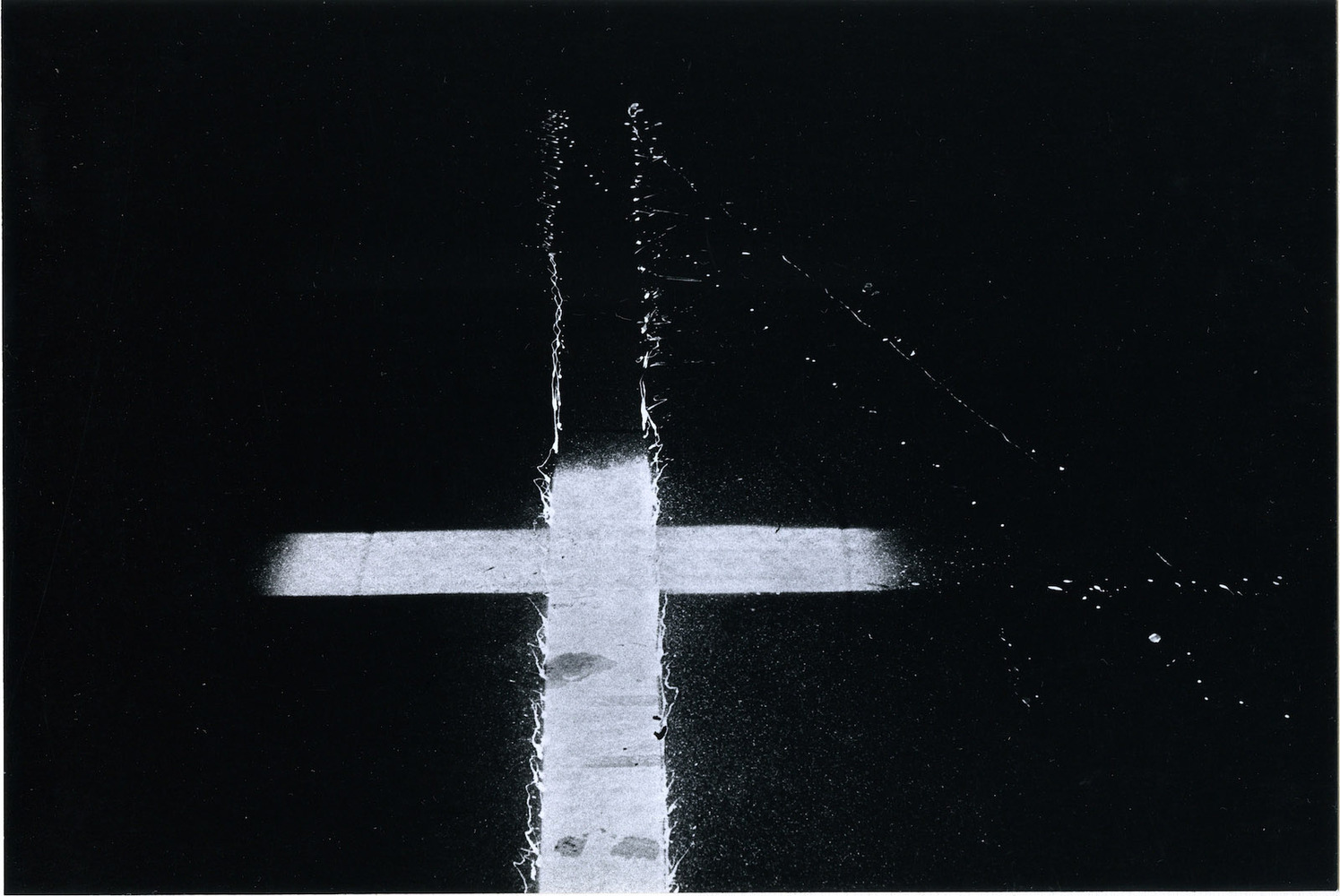
Image: 8,5 x 5,7 inches
Print: 11 x 13 inches
Artist and estate stamps on verso
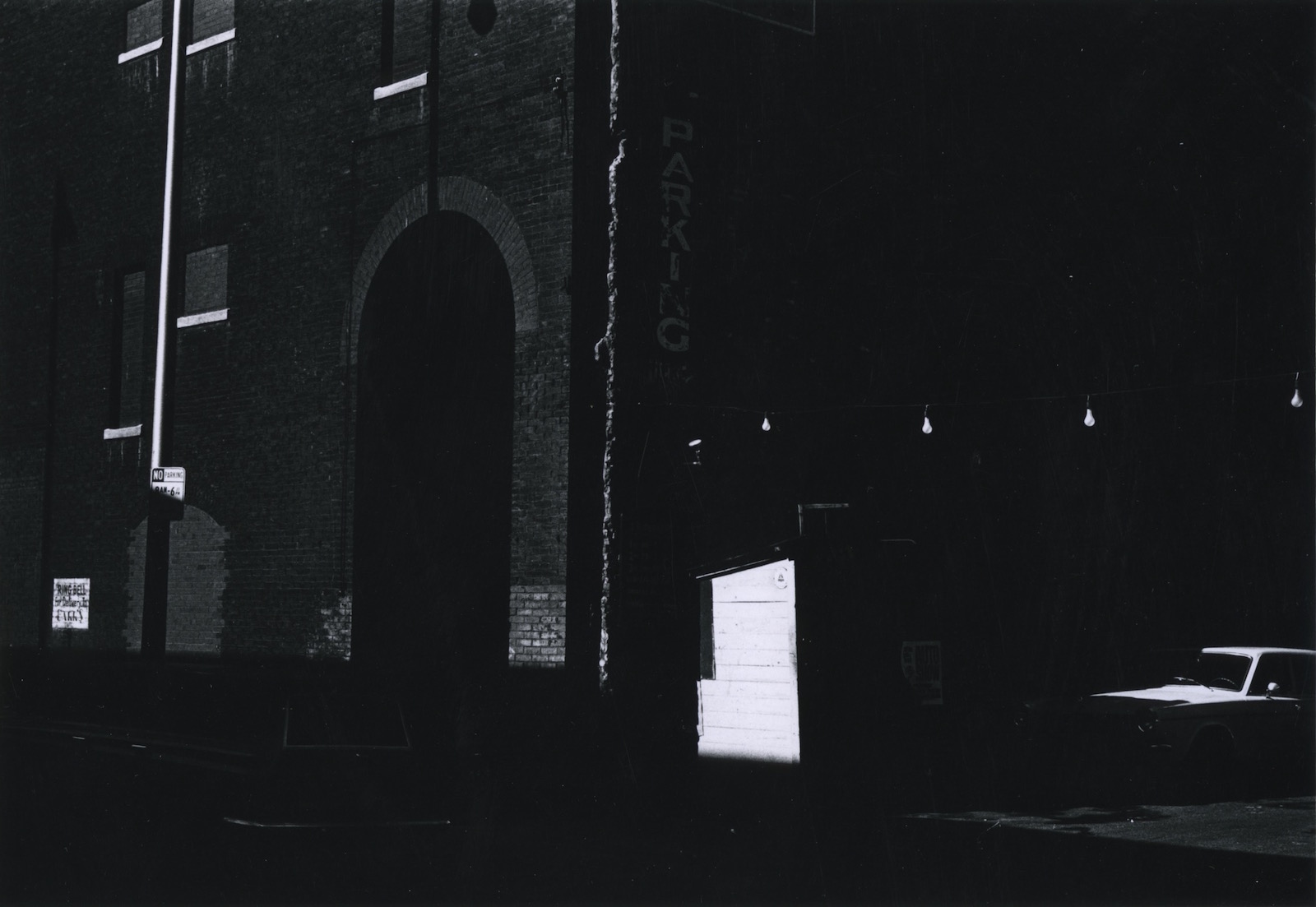
Image: 6,1 x 8,9 inches
Print: 8 x 10 inches
Annotated in pencil by the artist and artist stamp on verso
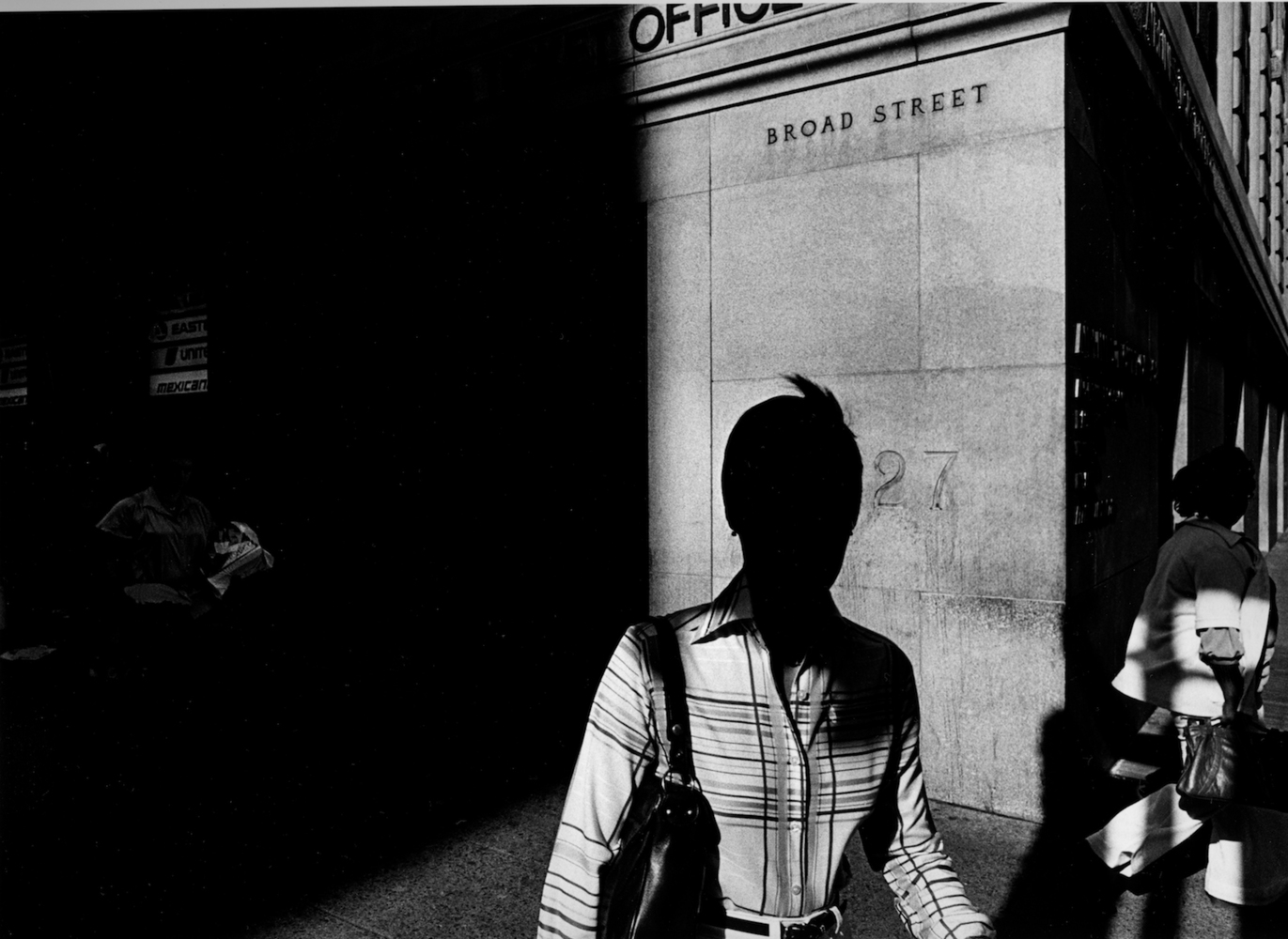
Image : 8.27 x 11.42 in ( 21 x 29,7 cm )
Print: 14 x 11 inches
Annotated by the artist in pencil and RKM Archive stamp on verso
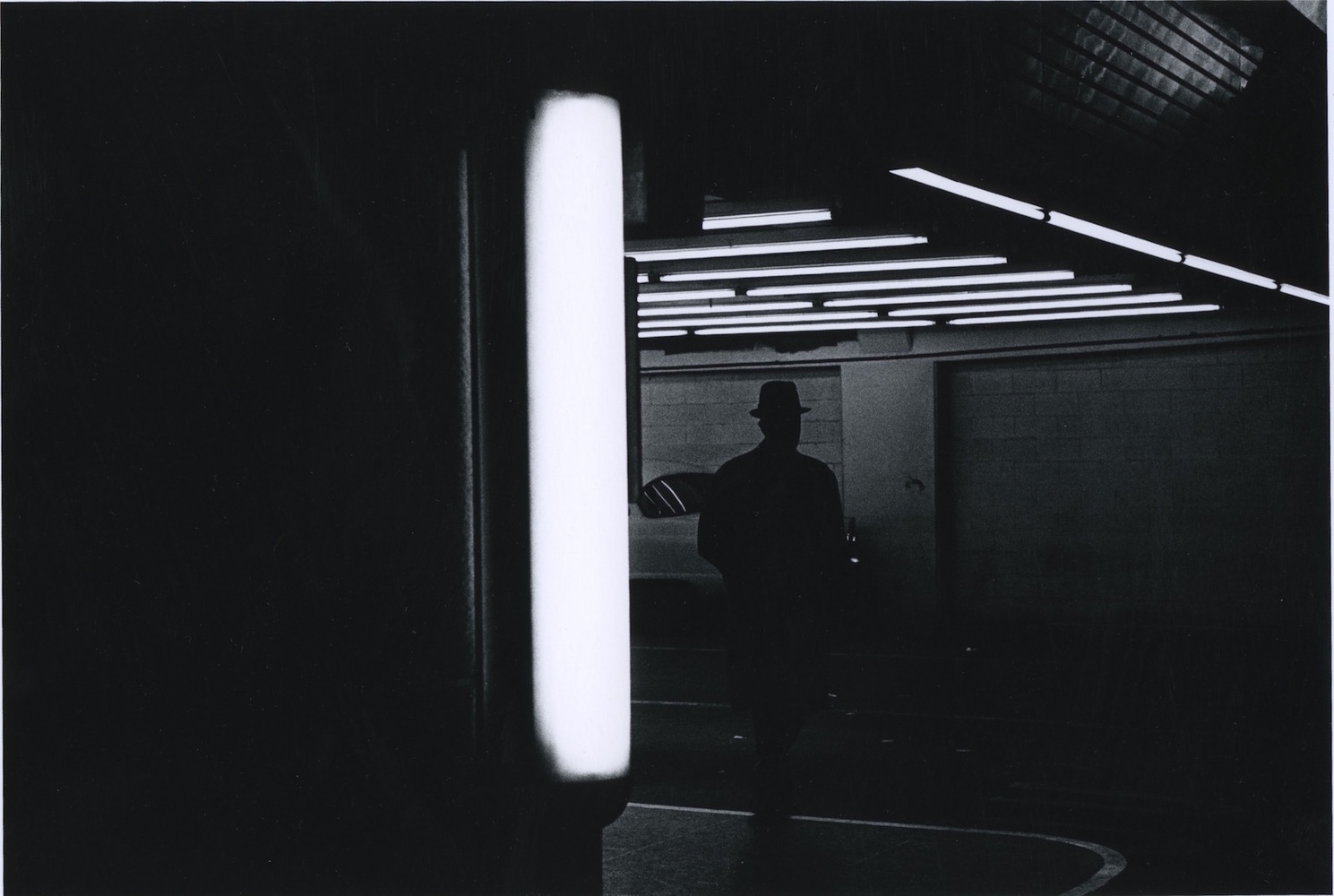
Image: 8,8 x 5,9 inches
Print: 8 x 10 inches
Signed and annotated in pencil by the artist on verso
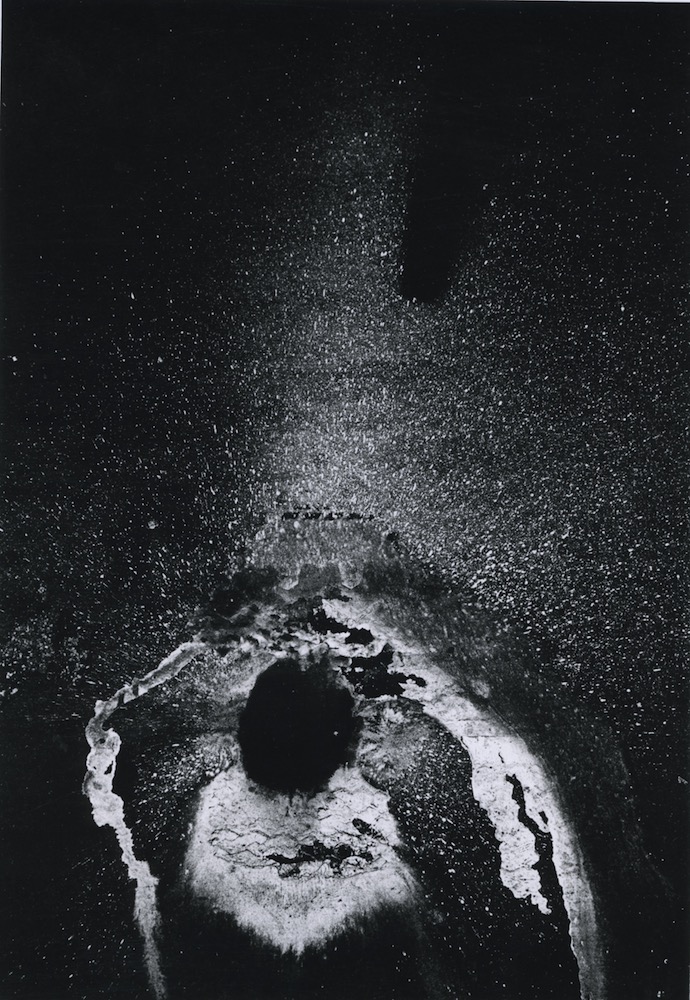
Image: 6,1 x 8,8 inches
Print: 8 x 10 inches
Annotated in pencil by the artist and artist stamp on verso
Presentation
Ray K. Metzker holds a special place in the history of American photography. A fixture in the best-known institutions, his work, consisting exclusively of black and white images, is completely representative of an entire generation of profoundly experimental photographers. Born in 1931, Metzker was deeply influenced by his studies at Chicago's Institute of Design. For over fifty years he continued to innovate, often working in his dark room with only his intuition as a guide. His work on negatives evolved slowly over the course of many years. Montages, juxtaposition, multiple exposures, double exposures... Metzker set no limits on his creativity.
Public collections
Addison Gallery of American Art, Andover, Massachusetts
Allen Art Museum, Oberlin, Ohio
Allentown Art Museum, Pennsylvania
The Art Institute of Chicago
Princeton University Art Museum, New Jersey
National Gallery of Australia, Canberra, New South Wales
Baltimore Museum of Art
Bank of America LaSalle Bank Photography Collection, Chicago
Beloit College, Wisconsin
Bibliothèque Nationale, Paris
Center for Creative Photography, The University of Arizona, Tucson
Chrysler Museum of Art, Ohio
Davison Art Center, Wesleyan University, Middelton, Connecticut
The Detroit Institute of Arts
Exchange National Bank of Chicago
Fogg Art Museum, Harvard University, Cambridge, Massachusetts
Fonds National d?Art Contemporain, Paris
Grunwald Center for the Graphic Arts, The University of California, Los Angeles
Hallmark Card Collection, Kansas City, Missouri
High Museum of Atlanta
International Museum of Photography, George Eastman House, Rochester, NY
The Speed Art Museum, Louisville, Kentucky
Krannert Art Museum, University of Illionois, Champaign
Los Angeles County Museum of Art
Maison Européenne de la Photographie, Paris
The Metropolitan Museum of Art, New York
Milwaukee Art Museum, Wisconsin
Museum of Art, Rhode Island School of Design, Providence
Museum of Fine Arts, Houston
The Museum of Fine Arts, Boston
Museum of Fine Arts, Saint Petersburg, Florida
The museum of Modern Art, New York
National Gallery of Art, Washington DC
National Gallery of Canada, Ottawa
The National Museum of American Art, Smithsonian Institution, Washington DC
Philadelphia Museum of Art
San Antonio Museum of Arts, Texas
San Francisco Museum of Modern Art
Shadai Gallery, Tokyo Institute of Polytechnics, Tokyo
Sheldon Memorial Art Gallery, University of Nebraska, Lincoln
Saint Louis Art Museum
Tokyo Metropolitan Museum of Photography
The Toledo Museum of Art, Ohio
University of New Mexico Art Museum, Albuquerque
Virginia Museum of Fine Arts, Richmond
Whitney Museum of American Art, NY
Worcester Art Museum, Massachusetts
Press
Texts
There are a good numbers of living photographers whose careers span more than a half-century but not many whose art shows as much as vitality as that of the American photographer Ray K. Metzker. Few of his peers can match his visual acuity, and capacity of renewal. Rare is the photographer who can strike as skillful a balance between formal brilliance and a tender gender for the world; rare, too, is the rigorous formalist who can also entertain - as Metzker does with his visual puns, puzzles, and occasional pyrotechnics.
The photographer's subject matter is widely varied but, considered retrospectively, its diverse threads coalesce into a coherent tapestry. One of the lengthiest threads in this richly woven fabric is the modern American city, with its morose inhabitants scurrying through dark canyons stabbed by shards of light.
Today, looking back at the past fifty years of his photography, Metzker is struck by the centrality of "the street" in his work: first as a springboard for a successful career, then irregularly over the years as a rich mine of imagery (and is the photographer himself not another "city driller"?).[1] Metzker believes he will never exhaust its possibilities. Looking back, he is also surprised to see how often he has focused on actual street surfaces, with nothing other than their much - abused asphalt, paint markings, and puddles with their reflections as his subject matter. "The street is the stage for much human interaction" he notes. "First, I am looking down at it all, closely...and then I move the camera up and focus on what is moving along, the flow of men and women, appearing, disappearing, pulsating...."[2]At the risk of gross oversimplification one might say than Metzker's voyage has led him from the essentially dark, punctuated with light, to the essentially light, punctuated with dark; or, from a negative to a positive world (....).
Many accomplished photographers, having achieved a mature-style, are then content to stick with the tried-and-true, at the risk of a certain staleness. What rewards the eye in Metzker's work, year after year, decade after decade, is the constant visual and conceptual refreshment. He obviously delights in pushing himself and his medium, forward (...).
Anyone familiar with American photography will feel the spirit of Harry Callahan in Metzker's work. Although the influence itself is clear, Metzker's own explanation of it is nuanced. During their time together as teacher and student at Chicago's Institute of Design, Metzker recalls, ?Harry never showed any of his own photographs"[3]. Nor did Callahan give technical advice. It was what went unsaid that was to have a great impact on Metzker: " the idea that you could do it on your own, follow your own vision, make real "art"[4]. It?s true that a number of Callahan images are remarkably similar in feel to Metzker's, but the latter insists he had not seen them at the time, and indeed, Metzker's images sometimes predate similar ones of Callahan?s.
Metzker delights in darkroom experimentation. His negative is only the halfway point of the journey. It's the positive print that counts, and although the negatives that will lead the print have been taken with meticulous care, they are but raw material in the dark room. He sees the camera itself as "a vacuum cleaner, sucking up every detail in the frame".[5] (...) Sometimes he finds something unexpected in the image, and works to bring that out; at other times, he suppresses details. The material may "prove unwillingling", or may simply not live up to the original enounter. (...) Metzker is sometimes amazed that an extraordinary picture may emerge from a negative he'd virtually written off at first glance. And then, if he is observant, "something jumps, glows, flutters... and we pluck a few threads from reality and weave them into another reality, perhaps producing a package of wonder, formed of light and silver, with poetical and mysterial charms."[6]
Metzker's open-mindedness also explains why certain works are given two widely separated dates: 1964-2007, for example. In such instances, the photographer had exposed a batch of negatives decades ago but had never gotten around to doing anything with them. This may have been either because he was simply too busy with other things, or because he didn't quite know what to do with them. So, although the "seeds" may appear to have lain dormant all these years, in fact the period has been one of slow gestation. Metzker has always been content to let things grow organically. Unlike most photographers who are driven by the here-and-now Metzker has taken the long view, and his patience has paid off. Rarely has a photographer's ?uvre achieved comparable richness and depth.Wordsworth one wrote of « the still, sad music of humanity » - a particularly apt description of Metzker?s city folk. Indeed, music is a useful metaphor for Metzker?s photography (?). Many other observers have heard echoes of music in Metzker?s work, not least the artist himself, who has admitted, « music is my muse »[7].Conversely, silence is another useful concept in dealing with Metzker?s work. The dark surfaces, stabbed with light, are not necessarily about emptiness: light needs darkness, as sound needs silence; "Without silence », Metzker has said « we cannot really hear the subject that needs attention »[8]. Uncontrolled sound or noise drowns out the message and, in equivalent visual terms, overwhelms beauty. Successful form implies control, balance, and the filtering out of what the photographer disdains as ?the excessive traffic of the obvious".
William A. Ewing
Director of Musée de l'Elysée (1996-2010)
Excerpts from the preface by William A. Ewing, published in 2008 in Light Lines, Steidl, on the occasion of the retrospective exhibition Ray K. Metzker: Light Lines, organized by the Musée de l?Elysée.
[1] The term « city drillers » was suggested by the American writer Thomas Wolfe, whose books Look Homeward Angel and You can?t go home again Metzker?s read in those formation years, 1957-1958, while involved with the Loop in Chicago.
[2] In conversation with the author, Philadelphia, March 2008
[3] In conversation with Nathalie Herschdorfer, Philadelphia, January 2007
[4] In conversation with Nathalie Herschdorfer, Philadelphia, January 2007
[5] In conversation with Nathalie Herschdorfer, Philadelphia, January 2007
[6] Anne Tucker, Unknown Territory, 16
[7] In conversation with Nathalie Herschdorfer, Phliadelphia, January 2007
[8] Anne Tucker, Unknown Territory, 15
Exhibitions
Quand les mains tissent la lumière
March 19 - September 19 2020
Paris Photo 2019
Group show
7 - 10 November 2019
Les coups de coeur de l'équipe
Group show
June 20 - July 27 2019
Paris Photo 2018
Group show
8 - 11 November 2018
Paris Photo 2017
Group show
9 - 12 November 2017
Black Chicago
Group show
October 28 2017 - January 13 2018
Abstractions
March 4 - May 27 2017
Paris Photo 2016
Group show
10 - 13 November 2016
New York
Group show
March 20 - June 13 2015
News
New Bauhaus Chicago: Experiment Photography and Film
Harry Callahan
November 29, 2017 - March 5 2018
Autophoto
Stéphane Couturier
April 20 - September 24 2017

